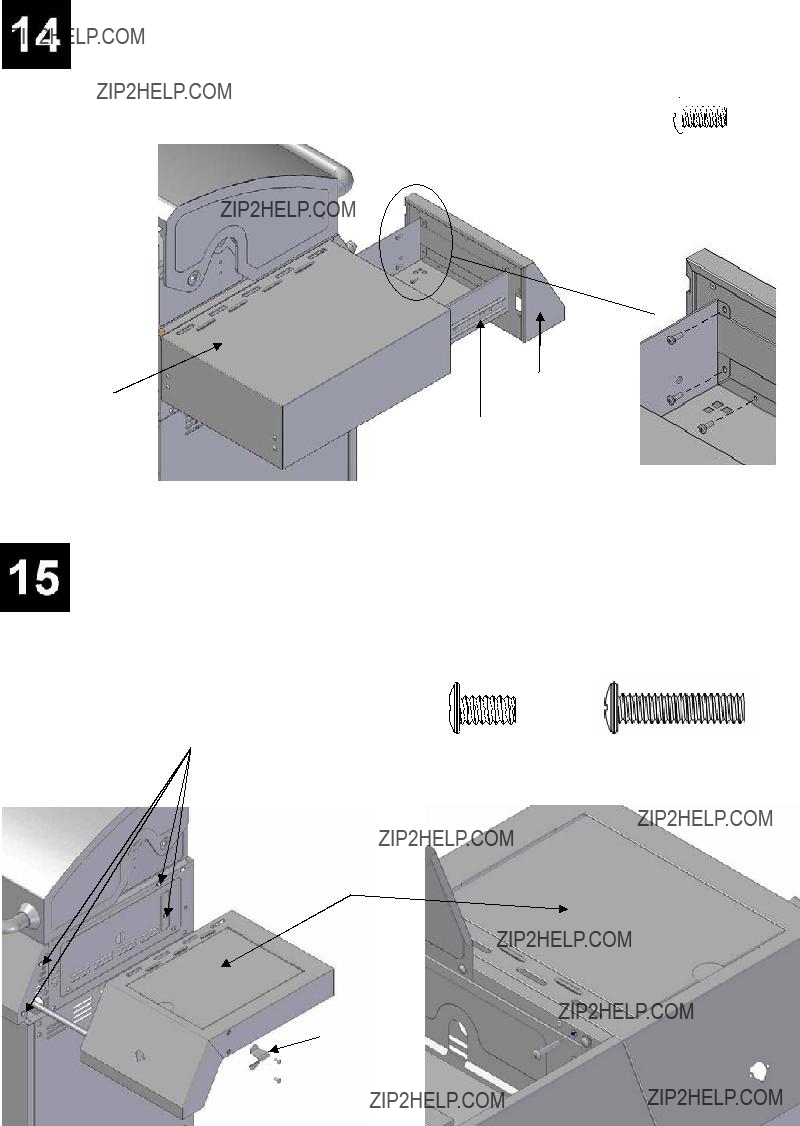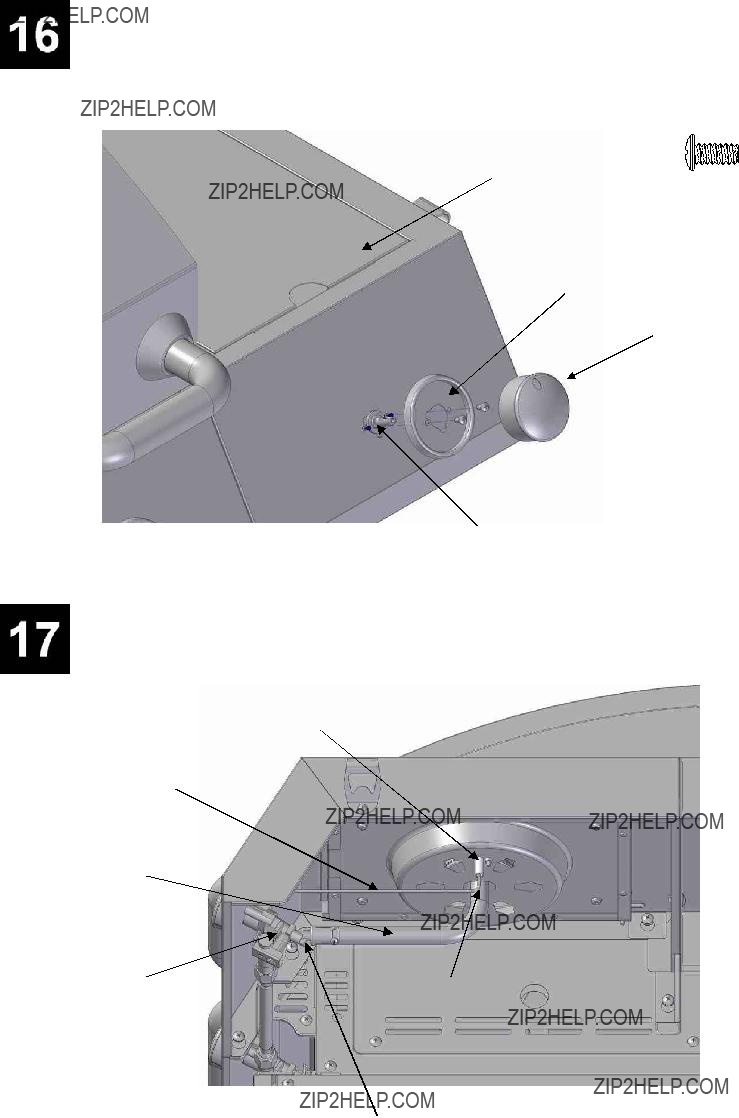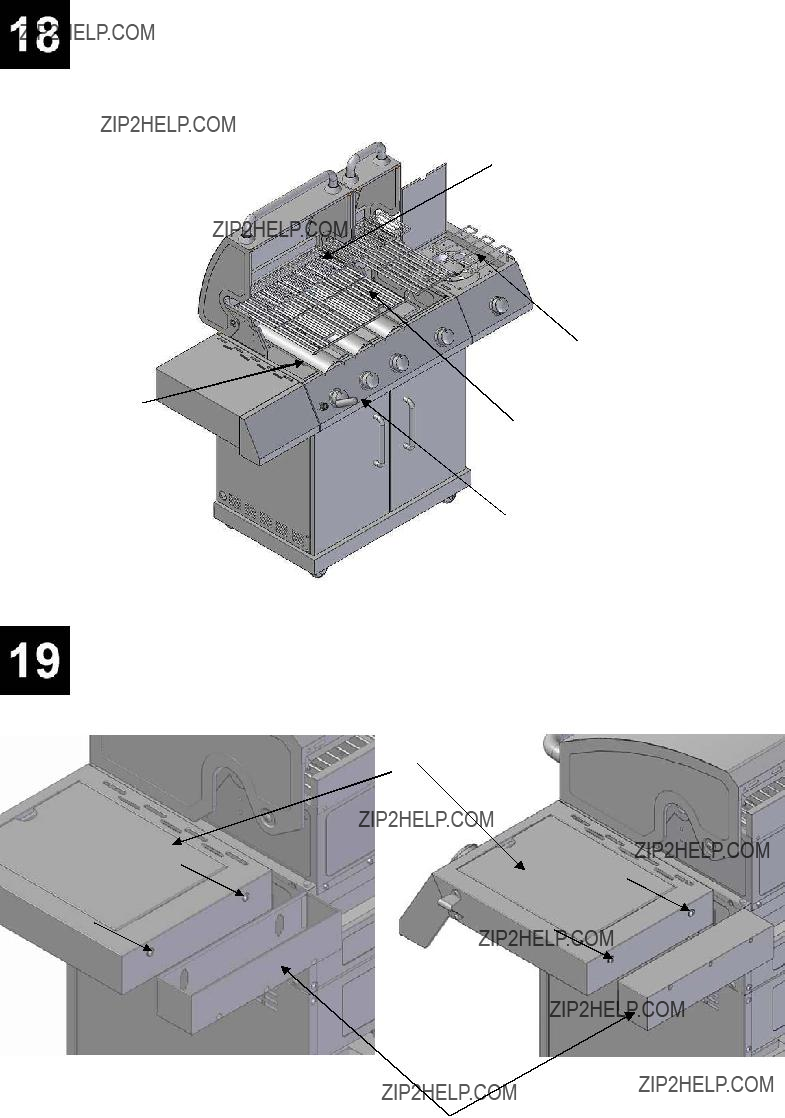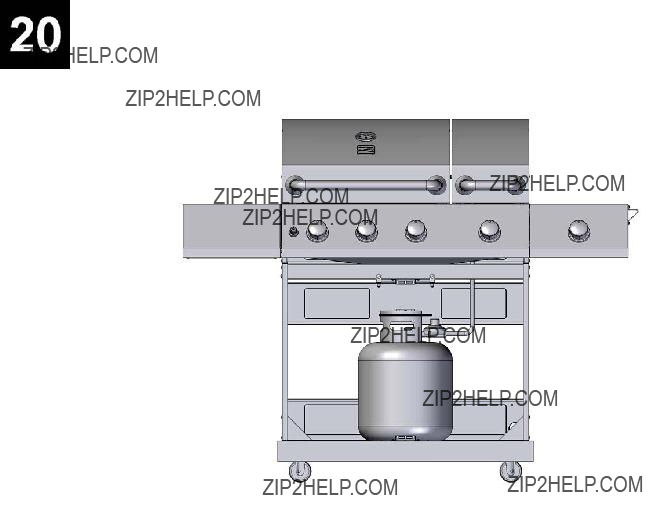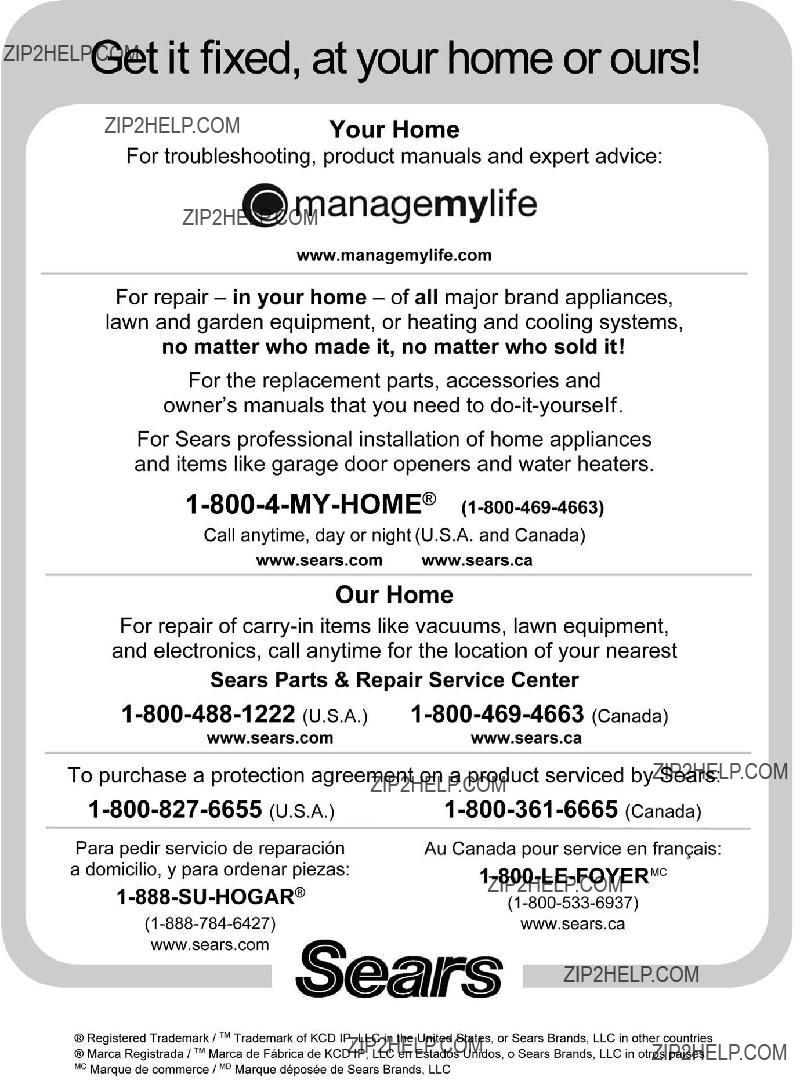Use & Care Guide
Manual de Uso y Cuidado
English / Espa??ol
Models/Modelos: 148.16656011
Kenmore??
Liquid Propane Gas Grill
Parilla a gas de propane liquido
P/N L3018S-1-Manual
Sears Brands Management Corporation
Hoffman Estates, IL 60179 U.S.A.
www.kenmore.com
www.sears.com
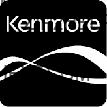 TM
TM
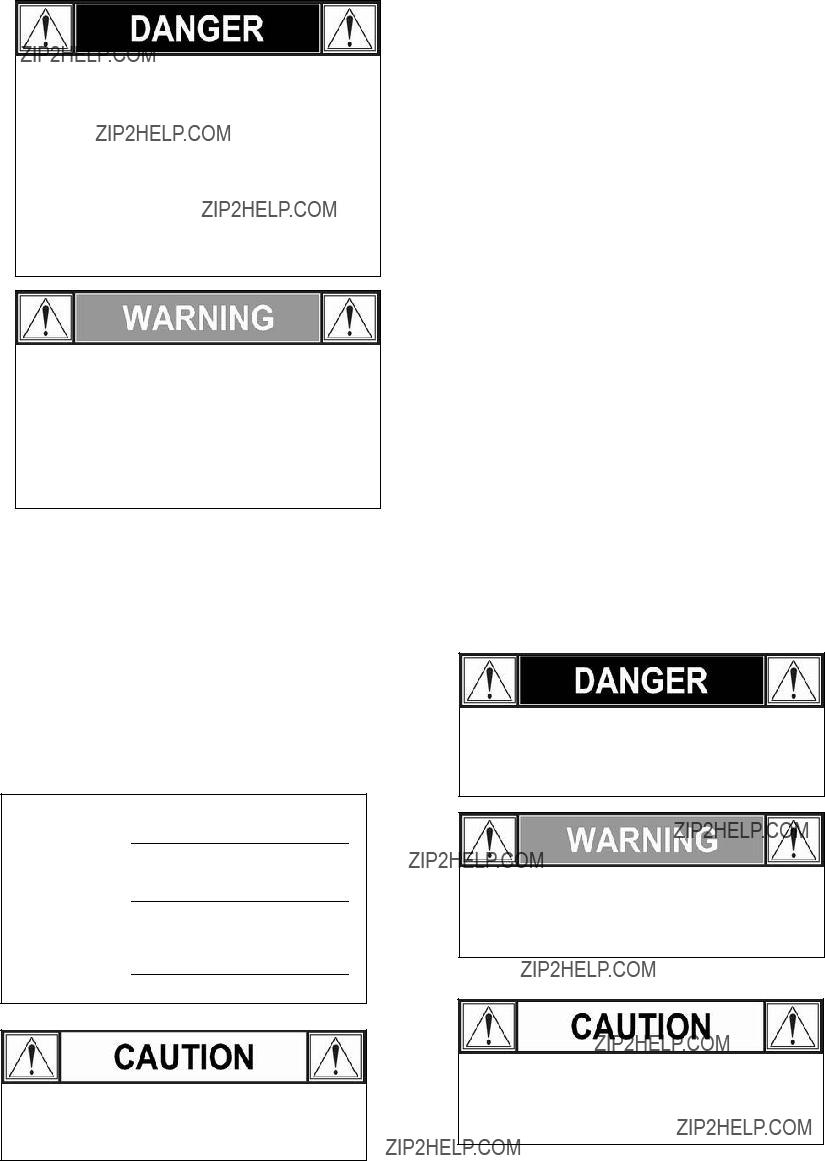
If you smell gas:
1.Shut off gas to the appliance.
2.Extinguish any open flame.
3.Open lid.
4.If odor continues, keep away from the appliance and immediately call your gas supplier or your fire department.
1.Do not store or use gasoline or other flammable liquids or vapors in the vicinity of this or any other appliance.
2.An LP cylinder not connected for use shall not be stored in the vicinity of this or any other appliance.
Installation Safety Precautions
???Use grill, as purchased, only with LP (propane) gas and the regulator/valve assembly supplied. A conversion kit must be purchased for use with natural gas.
???Grill installation must conform with local codes, or in their absence of local codes, with either the National Fuel Gas Code, ANSI Z223.1/ NFPA 54, Natural Gas and Propane Installation Code, CSA B149.1, or Propane Storage and Handling Code, B149.2, or the Standard for Recreational Vehicles, ANSI A 119.2/NFPA 1192, and CSA Z240 RV Series, Recreational Vehicle Code, as applicable.
???All electrical accessories (such as rotisserie) must be electrically grounded in accordance with local codes, or
National Electrical Code, ANSI / NFPA 70 or Canadian Electrical Code, CSA C22.1. Keep any electrical cords and/or fuel supply hoses away from any hot surfaces.
???This grill is safety certified for use in the United States and/or Canada only. Do not modify for use in any other location. Modification will result in a safety hazard.
Call Grill Service Center For Help And Parts
If you have questions or need assistance during assembly, please call 1-800-482-0131. You will be speaking to a representative of the grill manufacturer and not a Sears employee. To order new parts call Sears at
1-800-4-MY-HOME.
Product Record
IMPORTANT: Fill out the product record information below.
Model Number
Serial Number
See rating label on grill for serial number.
Date Purchased
For residential use only. Do not use for commercial cooking.
Safety Symbols
The symbols and boxes shown below explain what each heading means. Read and follow all of the messages found throughout the manual.
DANGER: Indicates an imminently hazardous situation which, if not avoided, will result in death or serious injury.
WARNING: Indicates an potentially hazardous situation which, if not avoided, could result in death or serious injury.
CAUTION: Indicates a potentially hazardous situation or unsafe practice which, if not avoided, may result in minor or moderate injury.
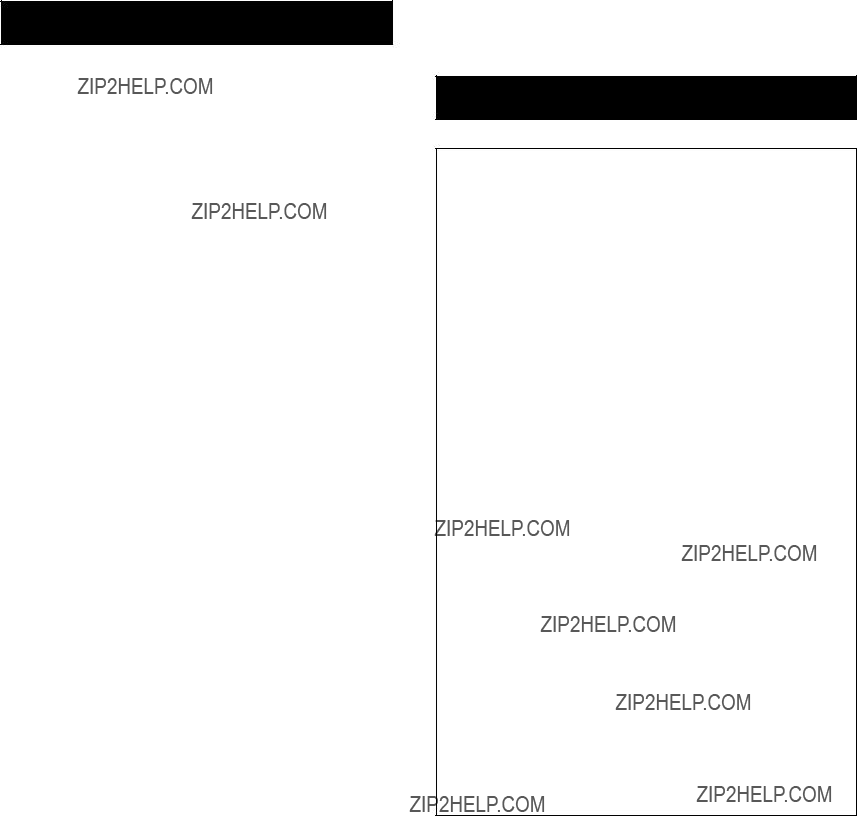
TABLE OF CONTENTS
For Your Safety . . . . . . . . . . . . . . . . . . . . . . . . . . . . . .. . . . 2
Grill Service Center. . . . . . . . . . . . . . . . . . . . . . . . . . . . . . . 2
Product Record Information . . . . . . . . . . . . . . . . . . . . . . . . 2
Safety Symbols. . . . . . . . . . . . . . . . . . . . . . . . . . . . . . . . . . 2
Installation Safety Precautions . . .. . . . . . . . . . . . .. . . . . . . 2
Kenmore Grill Warranty . . . . . . . . . . . . . . . . . . . . . . . . . . . 3
Use and Care . . . . . . . . . . . . . . . . . . . . . . . . . . . . . . . . 4-10
Natural Gas Conversion Box . . . . . . . . . . . . . . . . . . . . . . 11
Notes. . . . . . . . . . . . . . . . . . . . . . . . . . . . .. . . . . . . . . . .. .11
Parts List . . . . . . . . . . . . . . . . . . . . . . . . . . . . .. . . . . . . . . 13
Parts Diagram. . . . . . . . . . . . . . . . . . . . . . . .. . . .. . . . . . . 14
Assembly . . . . . . . . . . . . . . . . . . .. . . . . . . . . . .. .. . . . 15-25
Troubleshooting. . . . . . . . . . . . . . . . . . . . . . ... . . . . . . 26-27
Repair Protection Agreements
Congratulations on making a smart purchase. Your new Kenmore ??product is designed and manufactured for years of dependable operation. But like all products, it may require repair from time to time. That???s when having a Repair Protection Agreement can save you money and aggravation.
Purchase a Repair Protection Agreement now and protect yourself from unexpected hassle and expense.
Here???s what the Repair Protection Agreement includes:
???Expert service by our 10,000 professional repair specialists
???Unlimited service and no charge for parts and labor on all covered repairs
???Product replacement up to $1500 if your covered product can???t be fixed
???Discount of 10% from regular price of service and
related installed parts not covered by the agreement; also, 10% off regular price of preventive maintenance check
???Fast help by phone ??? we call it Rapid Resolution ???
phone support from a Sears representative. Think of us as a ???talking owner???s manual.???
Once you purchase the Repair Protection Agreement, a simple phone call is all that it takes for you to schedule service. You can call anytime day or night, or schedule a service appointment online.
The Repair Protection Agreement is a risk-free purchase. If you cancel for any reason during the product warranty period, we will provide a full refund. Or, a prorated refund anytime after the product warranty period expires. Purchase your Repair Protection Agreement today!
Some limitations and exclusions apply.
For prices and additional information call 1-800-827-6655. Sears Installation Service
For Sears professional installation of home appliances, garage door openers, water heaters, and other major home items, in
the U.S.A. call 1-800-4-MY-HOME??
WARRANTY
Kenmore Full Warranty
If this grill fails due to a defect in material or workmanship within one year from the date of purchase, call 1-800-4-MY-
HOME?? to arrange for free repair (or replacement if repair proves impossible).
Limited Warranty on Burners
For ten years from the date of purchase, any stainless steel burner that rusts through will be replaced free of charge. After the first year from the date of purchase, you pay for labor if you wish to have it installed.
All warranty coverage excludes ignitor batteries and grill part paint loss, discoloration or rusting, which are either expendable parts that can wear out from normal use within the warranty period, or are conditions that can be the result of normal use, accident or improper maintenance.
All warranty coverage is void if this grill is ever used for commercial or rental purposes.
All warranty coverage applies only if this grill is used in the United States.
This warranty gives you specific legal rights, and you may also have other rights which vary from state to state.
Sears Brands Management Corporation,
Hoffman Estates, IL 60179
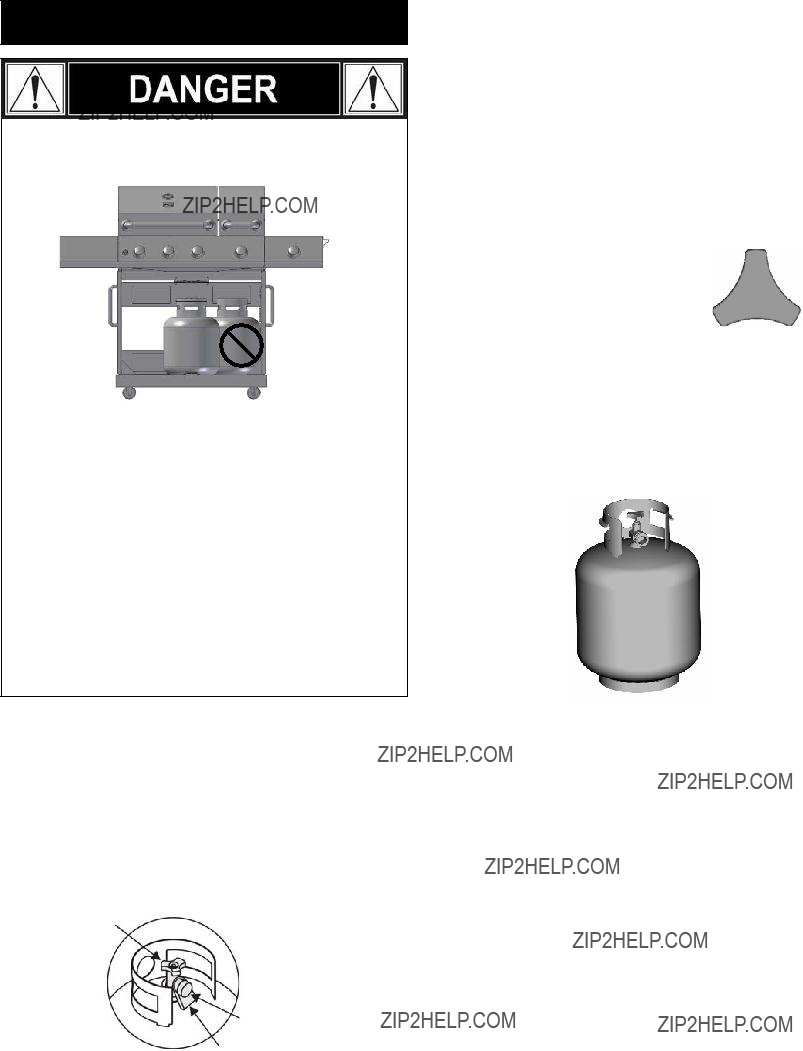
USE AND CARE
???NEVER store a spare LP cylinder under or near the grill appliance or in an enclosed area.
???Never fill a cylinder beyond 80% full.
???If the information in the two points above is not followed exactly, a fire causing death or serious injury may occur.
???An over filled or improperly stored cylinder is a hazard due to possible gas release from the safety relief valve. This could cause an intense fire with risk of property damage, serious injury or death.
???If you see, smell or hear gas escaping, immediately get away from the LP cylinder and grill appliance and call your fire department.
LP Cylinder
???The LP cylinder used with your grill must meet the following requirements:
???Use LP cylinders only with these required measurements: 12" (30.5cm) (diameter) x 18" (45.7 cm) (tall) with 20 lb. (9 kg.) capacity maximum.
???LP cylinders must be constructed and marked in accordance with specifications for LP cylinders of the U.S. Department of Transportation (DOT) or for Canada, CAN/CSA-B339, cylinders, spheres and tubes for transportation of dangerous goods. Transport Canada (TC). See LP cylinder collar for marking.
???LP cylinder valve must have:
???Type 1 outlet compatible with regulator or grill.
???Safety relief valve.
feature is identified by a unique triangular hand wheel. Use only LP cylinders equipped with this type of valve.
???LP cylinder must be arranged for vapor withdrawal and include collar to protect LP cylinder valve. Always keep LP cylinders in upright position during use, transit or storage.
LP Tank Removal, Transport And Storage
???Turn OFF all control knobs and LP tank valve. Turn coupling nut counterclockwise by hand only - do not use tools to disconnect. Lift LP tank wire upward off of LP tank collar, then lift LP tank up and off of support bracket. Install safety cap onto LP tank valve. Always use cap and strap supplied with valve.
Failure to use safety cap as directed may result in serious personal injury and/or property damage.
LP Tank Valve
Safety Cap
Retainer Strap
???A disconnected LP tank in storage or being transported must have a safety cap installed (as shown). Do not store an LP tank in enclosed spaces such as a carport, garage, porch, covered patio or other building. Never leave an LP tank inside a vehicle which may become overheated by the sun.
???Do not store an LP tank in an area where children play.
LP cylinder in upright position for vapor withdrawal
LP (Liquefied Petroleum Gas)
???LP gas is nontoxic, odorless and colorless when produced. For Your Safety, LP gas has been given an odor (similar to rotten cabbage) so that it can be smelled.
???LP gas is highly flammable and may ignite unexpectedly when mixed with air.
LP Cylinder Filling
???Use only licensed and experienced dealers.
???LP dealer must purge new cylinder before filling.
???Dealer should NEVER fill LP cylinder more than 80% of LP cylinder volume. Volume of propane in cylinder will vary by temperature.
???A frosty regulator indicates gas overfill. Immediately close LP cylinder valve and call local LP gas dealer for assistance.
???Do not release liquid propane (LP) gas into the atmosphere. This is a hazardous practice.
???To remove gas from LP cylinder, contact an LP dealer or call a local fire department for assistance. Check the telephone directory under ???Gas Companies??? for nearest certified LP dealers.
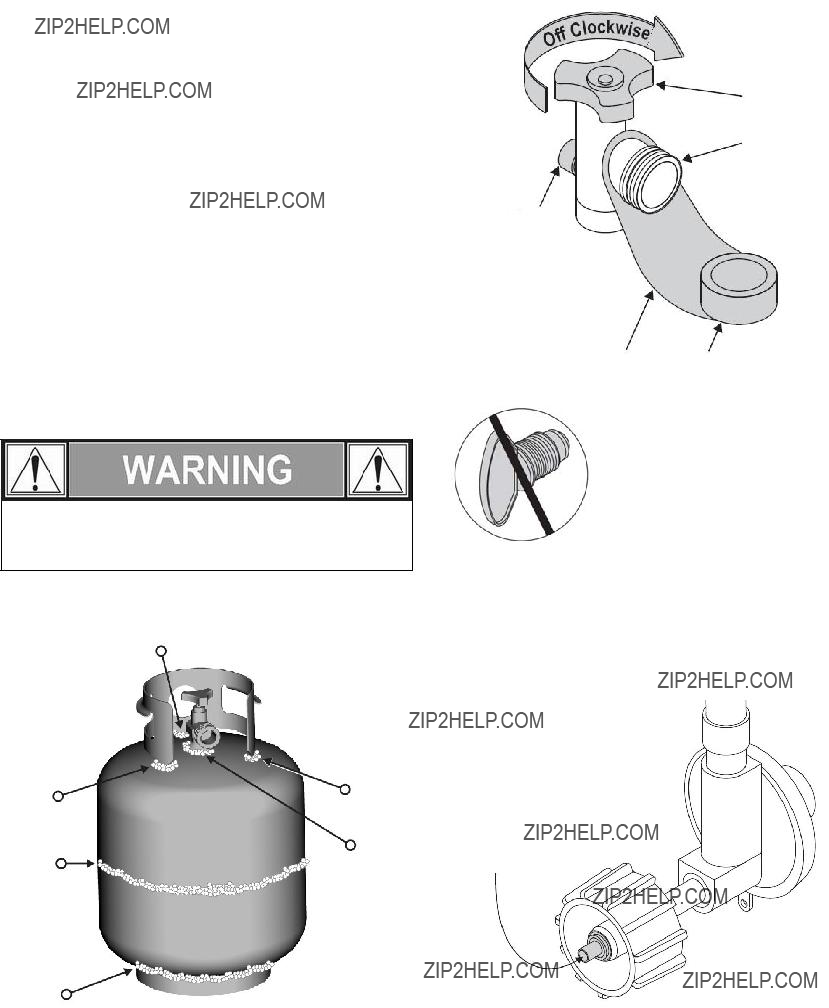
LP Tank Exchange
???Many retailers that sell grills offer you the option of replacing your empty LP tank through an exchange service. Use only those reputable exchange companies that inspect, precision fill, test and certify their cylinders. Exchange your tank only for an OPD safety feature-equipped tank as described in the "LP Tank" section of this manual.
???Always keep new and exchanged LP tanks in upright position during use, transit or storage.
???Leak test new and exchanged LP tanks BEFORE connecting to grill.
LP Tank Leak Test
For your safety
???Leak test must be repeated each time LP tank is exchanged or refilled.
???Do not smoke during leak test.
???Do not use an open flame to check for gas leaks.
???Grill must be leak tested outdoors in a well-ventilated area, away from ignition sources such as gas fired or electrical appliances. During leak test, keep grill away from open flames or sparks.
???Use a clean paintbrush and a 50/50 mild soap and water solution. Brush soapy solution onto areas indicated by arrows in figure below. Leaks are indicated by growing bubbles.
Connecting Regulator To The LP Tank
1.LP tank must be properly secured onto grill. (Refer to assembly section.)
2.Turn all control knobs to the OFF position.
3.Turn LP tank OFF by turning OPD hand wheel clockwise to a full stop.
4.Remove the protective cap from LP tank valve. Always use cap and strap supplied with valve.
OPD Hand Wheel
Type 1 outlet with thread on outside
Safety Relief Valve
Strap and Cap
If ???growing??? bubbles appear do not use or move the LP tank. Contact an LP gas supplier or your fire department!
 Do not use household cleaning agents. Damage to gas train components (valve/hose/regulator) can result.
Do not use household cleaning agents. Damage to gas train components (valve/hose/regulator) can result.
Do not insert a POL transport plug (plastic part with external threads) into the Type 1 tank valve outlet . It will defeat the Safety Relief Valve feature.
5.Hold regulator and insert nipple into LP tank valve. Hand-tighten the coupling nut, holding regulator in a straight line with LP tank valve so as not to crossthread the connection.
Nipple has to be centered into the LP tank valve.
5
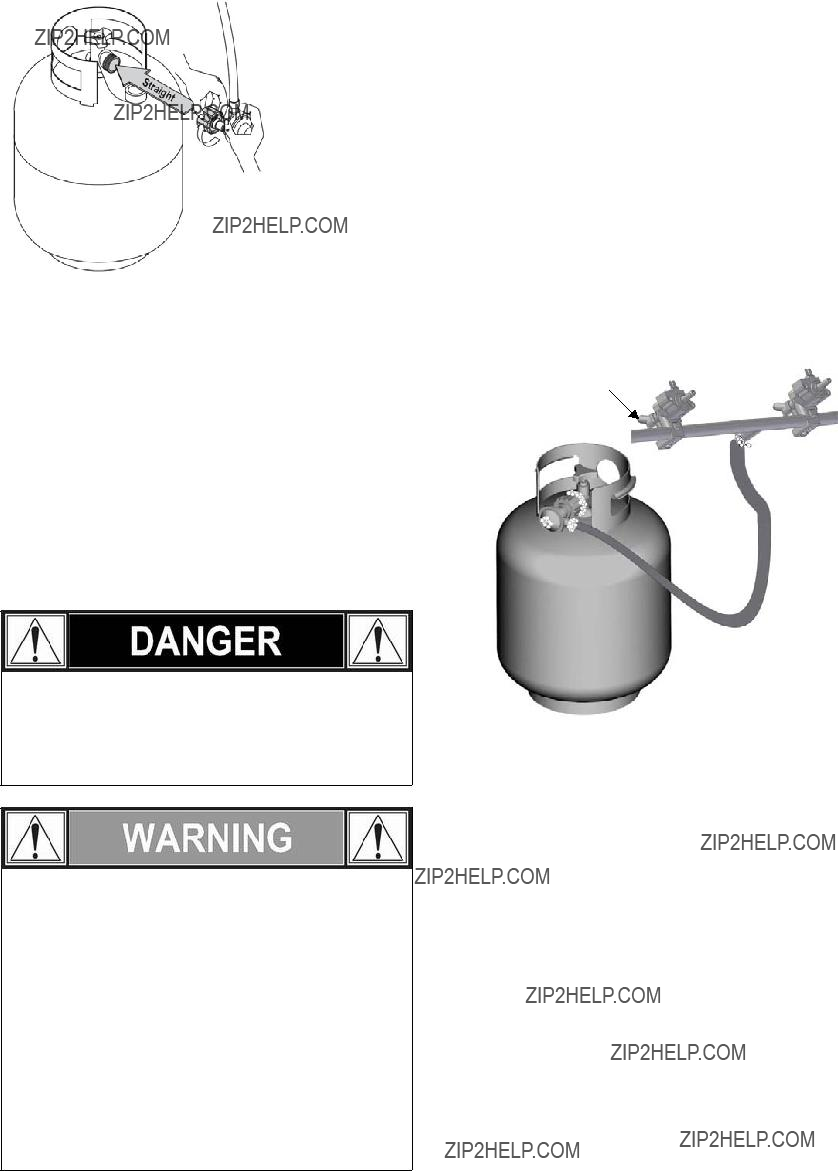
Hold coupling nut and regulator as shown for proper connection to LP tank valve.
6.Turn the coupling nut clockwise and tighten to a full stop. The regulator will seal on the back-check feature in the LP tank valve, resulting in some resistance. An additional one-half to three-quarters turn is required to complete the connection. Tighten by hand only ??? do not use tools.
NOTE:
If you cannot complete the connection, disconnect regulator and repeat steps 5 and 6. If you are still unable to complete the connection, do not use this regulator! Call 1-800-482-0131 for assistance.
???Do not insert any tool or foreign object into the valve outlet or safety relief valve. You may damage the valve and cause a leak. Leaking propane may result in explosion, fire, severe personal injury, or death.
???Outdoor gas appliance is not intended to be installed in or on a boat.
???Outdoor gas appliance is not intended to be installed in or on an RV.
???Never attempt to attach this grill to the self-contained LP gas system of a camper trailer or motor home.
???Do not use grill until leak-tested.
???If a leak is detected at any time, STOP and call the fire department.
???If you cannot stop a gas leak, immediately close LPcylinder valve and call LP gas supplier or your fire department!
Leak Testing Valves, Hose and Regulator
1.Turn all grill control knobs to OFF.
2.Be sure regulator is tightly connected to LP tank.
3.Completely open LP tank valve by turning OPD hand wheel counterclockwise. If you hear a rushing sound, turn gas off immediately. There is a major leak at the connection.
Correct before proceeding by calling Sears for
replacement parts at 1-800-4-MY-HOME??.
4.Brush soapy solution onto areas where bubbles are shown in picture below:
 Never remove threaded orifice at end of valve.
Never remove threaded orifice at end of valve.
5.If ???growing??? bubbles appear, there is a leak. Close LP tank valve immediately and retighten connections. If leaks cannot be stopped do not try to repair. Call Sears for replacement parts at 1-800-4-MY-HOME??.
6.Always close LP tank valve after performing leak test by turning hand wheel clockwise.
6
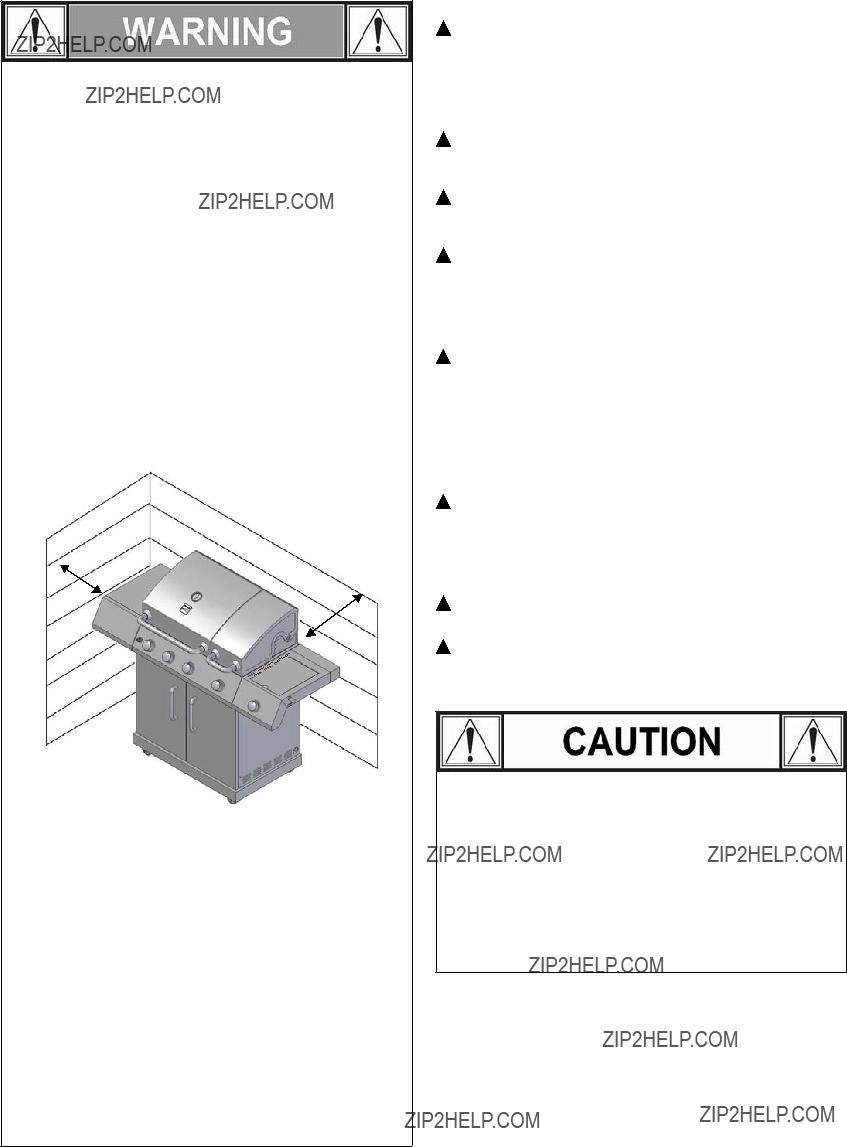
For Safe Use of Your Grill and to Avoid Serious Injury:
???Do not let children operate or play near grill.
???Keep grill area clear and free from materials that burn.
???Do not block holes in sides or back of grill.
???Check burner flames regularly.
???Use grill only in well-ventilated space. NEVER use in enclosed space such as carport, garage, porch, covered patio, or under an overhead structure of any kind.
???Do not use charcoal or ceramic briquets in a gas grill. (Unless briquets are supplied with your grill.)
???Use grill at least 3 ft. from any wall or surface.
Maintain 10 ft. clearance to objects that can catch fire or sources of ignition such as pilot lights on water heaters, live electrical appliances, etc.
???Apartment Dwellers:
Check with management to learn the requirements and fire codes for using an LP gas grill in your apartment complex. If allowed, use outside on the ground floor with a three (3) foot clearance from walls or rails. Do not use on or under balconies.
???NEVER attempt to light burner with lid closed. A buildup of non-ignited gas inside a closed grill is hazardous.
???Never operate grill with LP cylinder out of correct position specified in assembly instructions.
???Always close LP cylinder valve and remove coupling nut before moving LP cylinder from specified operation position.
Safety Tips
Before opening LP cylinder valve, check the coupling nut for tightness.
 When grill is not in use, turn off all control knobs and LP cylinder valve.
When grill is not in use, turn off all control knobs and LP cylinder valve.
 Never move grill while in operation or still hot.
Never move grill while in operation or still hot.
Use long-handled barbecue utensils and oven mitts to avoid burns and splatters.
 Maximum load for sideburner and side shelf is 10 lbs. The grease tray must be inserted into grill and emptied after each use. Do not remove grease tray until grill has completely cooled.
Maximum load for sideburner and side shelf is 10 lbs. The grease tray must be inserted into grill and emptied after each use. Do not remove grease tray until grill has completely cooled.
Clean grill often, preferably after each cookout. If a bristle brush is used to clean any of the grill cooking surfaces, ensure no loose bristles remain on cooking surfaces prior to grilling. It is not recommended to clean cooking surfaces while grill is hot.
If you notice grease or other hot material dripping from grill onto valve, hose or regulator, turn off gas supply at once. Determine the cause, correct it, then clean and inspect valve, hose and regulator before continuing. Perform a leak test.
 Keep ventilation openings in cylinder enclosure (grill cart) free and clear of debris.
Keep ventilation openings in cylinder enclosure (grill cart) free and clear of debris.
Do not store objects or materials inside the grill cart enclosure that would block the flow of combustion air to the underside of either the control panel or the firebox bowl.
 The regulator may make a humming or whistling noise during operation. This will not affect safety or use of grill. If you have a grill problem see the "Troubleshooting Section".
The regulator may make a humming or whistling noise during operation. This will not affect safety or use of grill. If you have a grill problem see the "Troubleshooting Section".
If the regulator frosts, turn off grill and LP cylinder valve immediately. This indicates a problem with the cylinder and it should not be used on any product. Return to supplier!
???Putting out grease fires by closing the lid is not possible. Grills are well ventilated for safety reasons.
???Do not use water on a grease fire. Personal injury may result. If a grease fire develops, turn knobs and LP cylinder off.
???Do not leave grill unattended while preheating or burning off food residue on HI. If grill has not been regularly cleaned, a grease fire can occur that may damage the product.
Ignitor Lighting the Grill
1.Read instructions before lighting your grill.
2.Open lid during lighting.
3.Open LP cylinder or natural gas valve.
4.Push any burner control knob in and turn the knob to the left to ???HI??? position. Keep pressing the knob until the burner is lit.
7
5.If ignition does not occur in 5 seconds, turn the burner control off, wait 5 minutes for gas to clear away, and repeat the lighting procedure.
6.To light other burners, repeat step 4.
NOTE: If ignitor does not work, follow Match Lighting instructions.
Turn controls and gas source or tank OFF when not in use.
If ignition does not occur in 5 seconds, turn the burner control off, wait 5 minutes, and repeat the lighting
procedure. If the burner does not ignite with
the valve open, gas will continue to flow out of the burner and could accidently ignite with risk of injury.
Match-Lighting
 Do not lean over grill while lighting.
Do not lean over grill while lighting.
1.Open lid during lighting.
2.Place match into match holder (hanging from side of cart). Light match, place into the firebox.
3.Push in and turn right knob to HIGH position. Be sure burner lights and stays lit.
4.Light other burners by pushing knob in and turning to HI position.
Sideburner Match Lighting
1.Open sideburner lid. Turn on gas at LP cylinder.
2.Place lit match near burner.
3.Turn sideburner knob to HI. Be sure burner lights and stays lit.
Burner Flame Check
???Remove cooking grates and heat diffusers. Light burners, rotate knobs from HIGH to LOW. You should see a smaller flame in LOW position than seen on HIGH. Perform burner flame check on sideburner, also. Always check flame prior to each use.
Turning Grill Off
???Turn all knobs to position. Turn LP cylinder off by turning hand-wheel clockwise to a full stop.
Ignitor Check
???Turn gas off at LP cylinder. Push the control knob in and turn the knob to the left to ???HI??? position."Click" should be heard and spark seen each time between collector box or burner and electrode. See "Troubleshooting" if no click or spark.
Valve Check
???Important: Make sure gas is off at LP cylinder before checking valves. Knobs lock in OFF position. To check valves, first push in knobs and release, knobs should spring back. If knobs do not spring back, replace valve assembly before using grill. Turn knobs to LOW position then turn back to OFF position. Valves should turn smoothly.
Hose Check
???Before each use, check to see if hoses are cut or worn. Replace damaged hoses before using grill. Use only identical replacement part valve/hose/regulator as specified in the Parts List of this Use and Care Guide.
General Grill Cleaning
???Do not mistake brown or black accumulation of grease and smoke for paint. Interiors of gas grills are not painted at the factory (and should never be painted). Apply a strong solution of detergent and water or use a grill cleaner with scrub brush on insides of grill lid and bottom. Rinse and allow to completely air dry. Do not apply a caustic grill/oven cleaner to painted surfaces.
??? Plastic parts: Wash with warm soapy water and wipe dry.
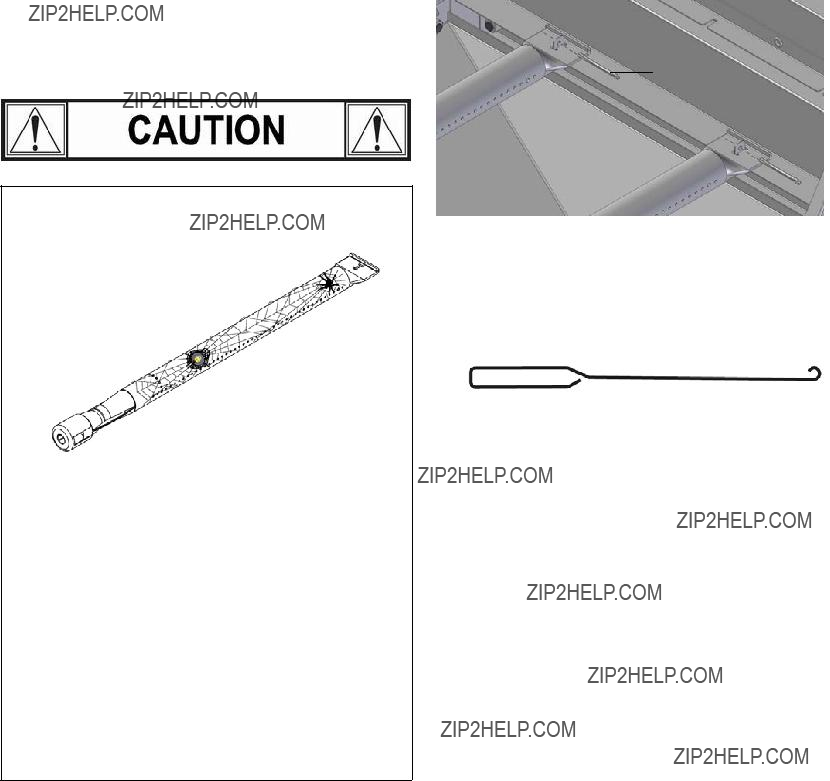
Do not use citrisol, abrasive cleaners, degreasers or a concentrated grill cleaner on plastic parts. Damage to and failure of parts can result.
???Porcelain surfaces: Because of glass-like composition, most residue can be wiped away with baking soda/water solution or specially formulated cleaner. Use nonabrasive scouring powder for stubborn stains.
???Painted surfaces: Wash with mild detergent or nonabrasive cleaner and warm soapy water. Wipe dry with a soft nonabrasive cloth.
???Stainless steel surfaces: To maintain your grill???s high quality appearance, wash with mild detergent and warm soapy water and wipe dry with a soft cloth after each use. Baked-on grease deposits may require the use of an abrasive plastic cleaning pad. Use only in direction of brushed finish to avoid damage. Do not use abrasive pad on areas with graphics.
???Cooking surfaces: If a bristle brush is used to clean any of the grill cooking surfaces, ensure no loose bristles remain on cooking surfaces prior to grilling. It is not recommended to clean cooking surfaces while grill is hot.
Storing Your Grill
???Clean cooking grates. ???Store in dry location.
???When LP cylinder is connected to grill, store outdoors in a wellventilated space and out of reach of children.
???Cover grill if stored outdoors. Choose from a variety of grill covers offered by manufacturer.
???Store grill indoors ONLY if LP cylinder is turned off and disconnected, removed from grill and stored outdoors.
???When removing grill from storage, follow ???Cleaning the Burner Assembly??? instructions before starting grill.
Cleaning the Burner Assembly
Follow these instructions to clean and/or replace parts of burner assembly or if you have trouble igniting grill.
1.Turn gas off at control knobs and LP cylinder.
2.Remove cooking grates and heat diffusers.
3.Remove R pins from rear of burners.
4.Carefully lift each burner up and away from valve openings.
R pin
SPIDER ALERT!
SPIDER AND WEBS
INSIDE BURNER TUBE
If you notice that your grill is getting hard to light or that the flame isn???t as strong as it should be, take the time to check and clean the burner tubes.
Spiders or small insects have been known to create ???flashback??? problems. The spiders spin webs, build nests and lay eggs in the grill???s burner tubes obstructing the flow of gas to the burner. The backed-up gas can ignite in the burner tube behind the control panel. This is known as a flashback and it can damage your grill and even cause injury.
To prevent flashbacks and ensure good performance the burner and burner tube assembly should be removed from the grill and cleaned before use whenever the grill has been idle for an extended period.
We suggest three ways to clean the burner tubes. Use the one easiest for you.
(A)Bend a stiff wire (a light weight coat hanger works well) into a small hook. Run the hook through each burner
tube several times.
(B)Use a narrow bottle brush with a flexible handle (do not use a brass wire brush), run the brush through each burner tube several times.
(C)Wear eye protection: Use an air hose to force air into the burner tube and out the burner ports. Check each port to make sure air comes out each hole.
5.Wire brush entire outer surface of burner to remove food residue and dirt.
6.Clean any blocked ports with a stiff wire such as an open paper clip.
7.Check burner for damage, due to normal wear and corrosion some holes may become enlarged. If any large cracks or holes are found replace burner.
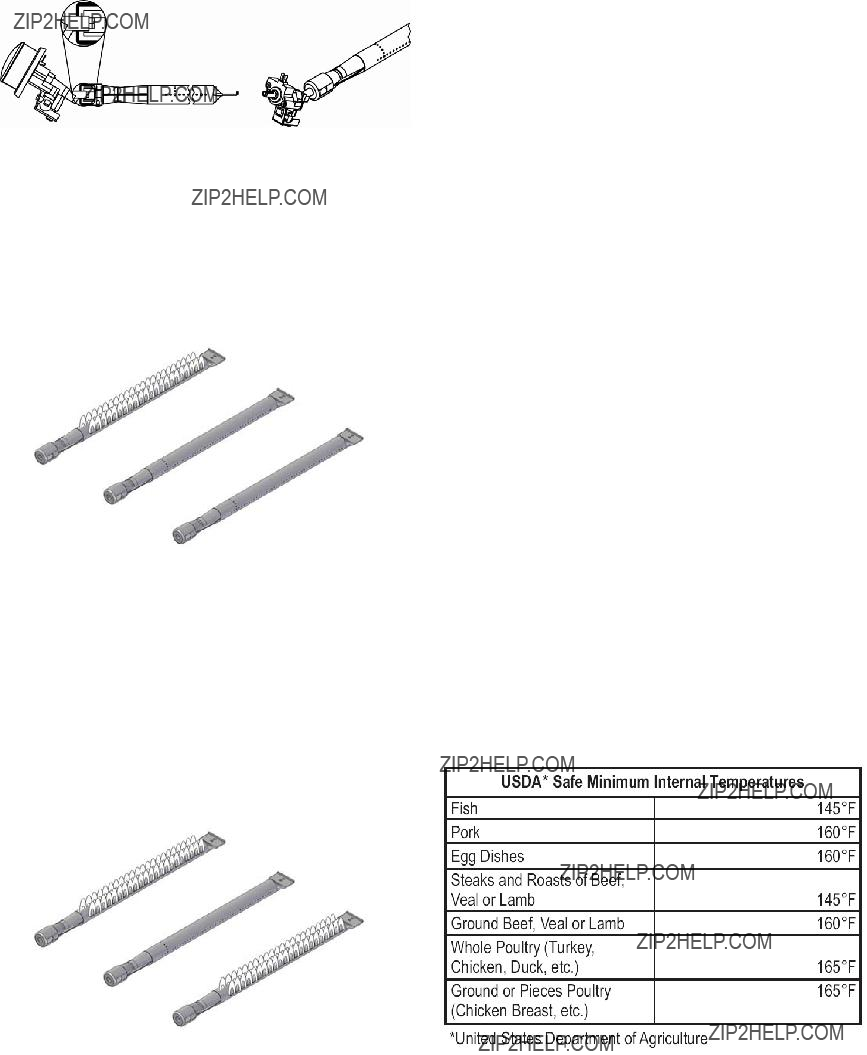
VERY IMPORTANT: Burner tubes must reengage valve openings.
Correct burner-to-valve engagement
Indirect Cooking
Poultry and large cuts of meat cook slowly to perfection on the grill by indirect heat. Place food over unlit burner(s); the heat from lit burners circulates gently throughout the grill, cooking meat or poultry without the touch of a direct flame.
This method greatly reduces flare-ups when cooking extra fatty cuts because there is no direct flame to ignite the fats and juices that drip during cooking.
ON
OFF
OFF
1 Burner Cooking
Cook with direct or indirect heat.
Best for smaller meals or foods.
Consumes less fuel.
Indirect Cooking Instructions
???Always cook with the lid closed.
???Due to weather conditions, cooking times may vary.
During cold and windy conditions the temperature setting may need to be increased to insure sufficient cooking temperatures.
???Place food over unlit burner(s)
ON
OFF
ON
2 Burner Cooking
Great indirect cooking on low.
Produces slow, even heating.
Ideal for slow roasting and baking.
Food Safety
Food safety is a very important part of enjoying the outdoor cooking experience. To keep food safe from harmful bacteria, follow these four basic steps:
Clean: Wash hands, utensils, and surfaces with hot soapy water before and after handling raw meat and poultry. Separate: Separate raw meats and poultry from ready-to-eat foods to avoid cross contamination. Use a clean platter and utensils when removing cooked foods.
Cook: Cook meat and poultry thoroughly to kill bacteria. Use a thermometer to ensure proper internal food temperatures. Chill: Refrigerate prepared foods and leftovers promptly.
For more information call: USDA Meat and Poultry Hotline at 1-800-535-4555 (In Washington, DC (202) 720-3333, 10:00 am-4:00 pm EST).
How To Tell If Meat Is Grilled Thoroughly
???Meat and poultry cooked on a grill often browns very fast on the outside. Use a meat thermometer to be sure food has reached a safe internal temperature, and cut into food to check for visual signs of doneness.
???Whole poultry should reach 180?? F; breasts, 170?? F. Juices should run clear and flesh should not be pink.
???Hamburgers made of any ground meat or poultry should reach 160?? F, and be brown in the middle with no pink juices. Beef, veal and lamb steaks, roasts and chops can be cooked to 145??F. All cuts of pork should reach 160?? F.
???NEVER partially grill meat or poultry and finish cooking later. Cook food completely to destroy harmful bacteria.
???When reheating takeout foods or fully cooked meats like hot dogs, grill to 165?? F, or until steaming hot.
WARNING: To ensure that it is safe to eat, food must be cooked to the minimum internal temperatures listed in the table below.

To purchase Natural Gas Conversion Parts call Sears at
1-800-4-MY-HOME???R
Natural gas conversion kit Kenmore Model # 10478
(Manufacturer Part No.: L3018S-KIT or S3218A-KIT)
Your grill can be converted to natural gas with this conversion kit by a qualified gas technician only. In order to convert this grill, the technician will need this conversion kit.
The L3018S-KIT is designed specifically for this grill and contains all components required for the conversion.
The 10478 kit contains orifices for various grill models. Please select the orifices as listed below and discard the rest. Follow the conversion instruction provided with the kit.
For Natural Gas Connection
Preparing:
1.Turn off gas supply, and then remove cap on gas supply side.
2.Recommended: Install a shut-off valve on gas supply side before installing the socket.
3.Socket should be installed by an authorized technician in accordance with the national fuel gas code (NFPA 54/ANSI223.1).
4.Before inserting plug, turn on gas supply and leak test all connections including the stem of the shut-off valve and the opening of the socket. For best results, use an ammonia-free soap & water solution.
Operating Instructions:
1. To connect, push back socket sleeve.
2.Insert plug and release sleeve.
3.Push plug until sleeve snaps forward. (Gas will flow automatically. Failure to connect plug properly to socket
will inhibit gas flow to the appliance.)
12 ft. extension hose with 3/8 in. ID (inner diameter)
If converting the grill to natural gas, the technician in most cases will need this 12' extension hose with 3/8" ID (inner diameter), which is included in the natural gas conversion kit.
Socket Sleeve
To disconnect
1.Pull Sleeve back. Pull plug out of socket. (Gas is automatically shut off.)
2.Close shut-off valve and replace dust caps on socket and plug.
Gas Requirements
LP Gas
If your grill is for LP Gas, the regulator supplied is set for an 11-in. water column (WC) and is for use with LP gas only. The factory-supplied regulator and hose must be used with a 20-lb. LP gas tank.
Natural Gas
If your grill is for Natural Gas, it is set for a 7-in. water column (WC) and is for use with Natural Gas only. Gas pressure is affected by gas line size and the length of gas line run from house gas line. Follow the recommendations in the chart below.
Excess Flow Control and Low Heat
The propane regulator assembly incorporates an excess flow device designed to supply the grill with sufficient gas flow under normal conditions yet control excess gas flow. Rapid changes in pressure can trigger the excess flow device providing a low flame and low temperature. If the tank valve is turned open to allow gas flow while a burner valve is open, the surge of pressure will cause the device to activate. The device will remain closed until the pressure is equalized. This should occur within 5 seconds.
To ensure this does not cause difficulty in lighting the grill, follow these instructions:
1.Make sure all burner valves are ???OFF???.
2.Open the tank valve and wait 5 seconds.
3.Light the burners one at a time following the lighting
instructions.
Helpful Care and Maintenance Hints
Before grilling, pre-heat grill for 15 minutes on "HI" with hood down. To avoid uncontrolled flare-ups or grease fires, grill meats with hood open. Close hood if meats are thick or weather is cold, or if you are using a rotisserie or indirect cooking.
Always protect your hand with a pot holder or cooking glove when coming into contact with a hot surface.
Hood up when grilling meats, especially chicken. Hood down when indirect or rotisserie cooking.
NEVER leave your grill unattended while cooking.
After use, close hood, turn burners to HI for 15 min. for self-cleaning, grease burn off.
Care and Maintenance Time Table Chart
If you are missing hardware or have damaged parts after unpacking grill, call 1-800-482-0131 for replacement.
To order replacement parts after using grill, call 1-800-4-MY-HOME??
NOTE: Some grill parts shown in the assembly steps may differ slightly in appearance from those on your particular grill model. However, the method of assembly remains the same.
13
???3
???2
???1 
???62
???61
???40 
41-1
???9
???10
???49
 50-1
50-1
UNPACKING
After removing all parts from the top of the shipping box, and when the only part showing is the grill head, use a knife to slice down the sides of the box. Be careful of staples along shipping box edges.
Remove styrofoam packing to gain access to the grill head.
Open grill lids and remove all packaged parts and packing material.
WARNING: Assemble and place the grill on a flat level surface. Compare the parts and hardware with the list and diagrams. Do not attempt assembly if any part is missing or damaged.
Attach the casters to the bottom panel with 4 screws each as shown. Attach the two locking casters at the back of the grill. After attaching all casters, turn the bottom panel over.
Locking Caster
1/4-20 x 5/8???Screw Qty. 16
Attach the door magnet to the holes in the front of the bottom panel with 2 screws. Do not fully tighten at this time.
Bottom Panel
5/32-32 x 1/2???Screw Qty. 2
Door Magnet
15
3 Attach Rear Panel to Bottom Panel with 4 screws as shown.
Bottom Panel
Attach side panels to bottom panel as shown. For each side panel, there are two screws for the rear panel and three for the bottom panel. Insert the three bottom panel screws first.
Right Panel
Bottom Panel
Rear Panel Bottom
16
Attach the side panel brackets to the side panels and bottom panel with 3 screws each as shown. Left Panel 


1/4-20 x 5/8???Screw Qty. 6
Bottom Panel
Right Panel
Side Panel Bracket
17
Attach the rear panel top to the side panels with 2 screws each as shown.
Right Panel
Left Panel
Slide the tank ring bracket onto the end of the tank ring as shown. Attach the bracket to the rear panel top with 2 screws as shown.
Tank Ring
Tank Ring Bracket
18
Attach front beam to side panels with 2 screws each as shown.
Left Panel
1/4-20 x 5/8???Screw Qty. 4
Right Panel
Front Beam
Attach the drip tray support to the front beam and rear panel top with 4 screws as shown. NOTE: Drip tray tabs connect to outside of front beam.
Rear Panel Top
Drip Tray Support
1/4-20 x 5/8???Screw Qty. 4
Front Beam
19
Slide the drip tray through the rear panel top and into the drip tray support as shown.
Drip Tray Support
Drip Tray
For each door, attach washer onto hinge pin, then insert bottom hinge pin into hole on bottom panel. Push down on top hinge pin to insert into hole in tab at top of side panel.
Adjust magnets on the base panel and front beam to align the magnets with doors, then tighten magnets screws.
Left Door
Washer 5
Qty. 2
20
Cut tie wraps holding regulator and side burner valve in place underneath grill head control panel. Be careful not to cut igniter wires. With the aid of an assistant, lift and place grill head onto cabinet. Grill head sides go over attachment tabs on cabinet. Make sure that side burner valve and igniter wires hang outside the cabinet, and that regulator hangs inside cabinet. Attach head to cabinet with 4 screws as shown.
1/4-20 x 5/8???Screw Qty. 4
Burner Box
Cabinet
Loosen the three screws attached to the left panel of the burner box 3 to 4 turns as shown. Hang the side shelf by the slotted holes in its side onto the three loosened screws. Open the grill lid and use the screw to fasten the side shelf from the inside of the burner box as shown. Tighten the three previously loosened screws.
1/4-20 x 1-1/4???Screw Qty. 1
 Side Shelf
Side Shelf
21
Pull drawer body out of the side shelf.
Secure the drawer head to the drawer body with 3 screws on each side as shown.
If there is any misalignment or interference in the operation of the drawer's front panel, loosen the 6 screws, readjust the positioning of the front panel to eliminate the problem, and retighten screws.
5/32-32 x 1/2???Screw Qty. 6
Side Burner Shelf
Loosen the four screws attached in the right panel of the burner box 3 to 4 turns as shown. Hang the side burner shelf by the slotted holes in its side onto the four loosened screws. Open the grill lid and use the single longer screw to fasten the side burner shelf from the inside of the burner box as shown. Tighten the four previously loosened screws. Attach bottle opener to side burner shelf with 2 screws as shown.
Loosen
Side Burner Shelf
Bottle Opener
22
Side Burner Shelf
Loosen and remove the two screws holding side burner in place. Align the 2 bezel screw holes to those in side burner control panel. Insert the valve control stem through control panel and bezel main holes. Attach bezel to control panel and valve control stem with 2 screws as shown. Press Knob onto side burner valve control stem.
Side Burner Shelf
M4 x 8 Screw
Qty. 2
Bezel
Knob
Side Burner Valve Control Stem
Side Burner Valve and Ignition Wire
Insert side burner valve into side burner tube as shown. Reattach side burner to shelf with 2 previously removed screws. Connect the side burner ignition wire to the ignition pin.
Ignition Pin
Ignition Wire
Side Burner
CAUTION: Make sure that valve is inside tube.
23
Install the Heat Diffusers, Cooking Grates and Warming Racks
Position the heat diffusers, cooking grates and warming racks as shown. NOTE: The diffuser edges fit into slots at front and back of burner box. The rectangular hole in cooking grate goes to the front. Remove battery cap and insert AA battery with positive pole facing out. Replace cap.
Warming Rack
Side Burner Grid
Heat Diffuser
Cooking Grid
AA Battery
Collect Box
Align the collect box with the 2 round screw heads at the back of the side burner shelf, and push the box down to lock it in place. You may also invert the box and attach it to lengthen the shelf as shown.
Side Burner Shelf
Collect Box
24
LP Tank Installation
Open front doors of cabinet. Set base of tank into cabinet. Connect regulator to tank (see page 5 of Use and Care section).
25
Use & Care Guide
Manual de Uso y Cuidado
English / Espa??ol
Models/Modelos: 148.16656011
Kenmore??
Liquid Propane Gas Grill
Parilla a gas de propane liquido
P/N L3018S-1-Manual
Sears Brands Management Corporation
Hoffman Estates, IL 60179 U.S.A.
www.kenmore.com
www.sears.com
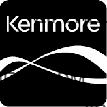 TM
TM
29
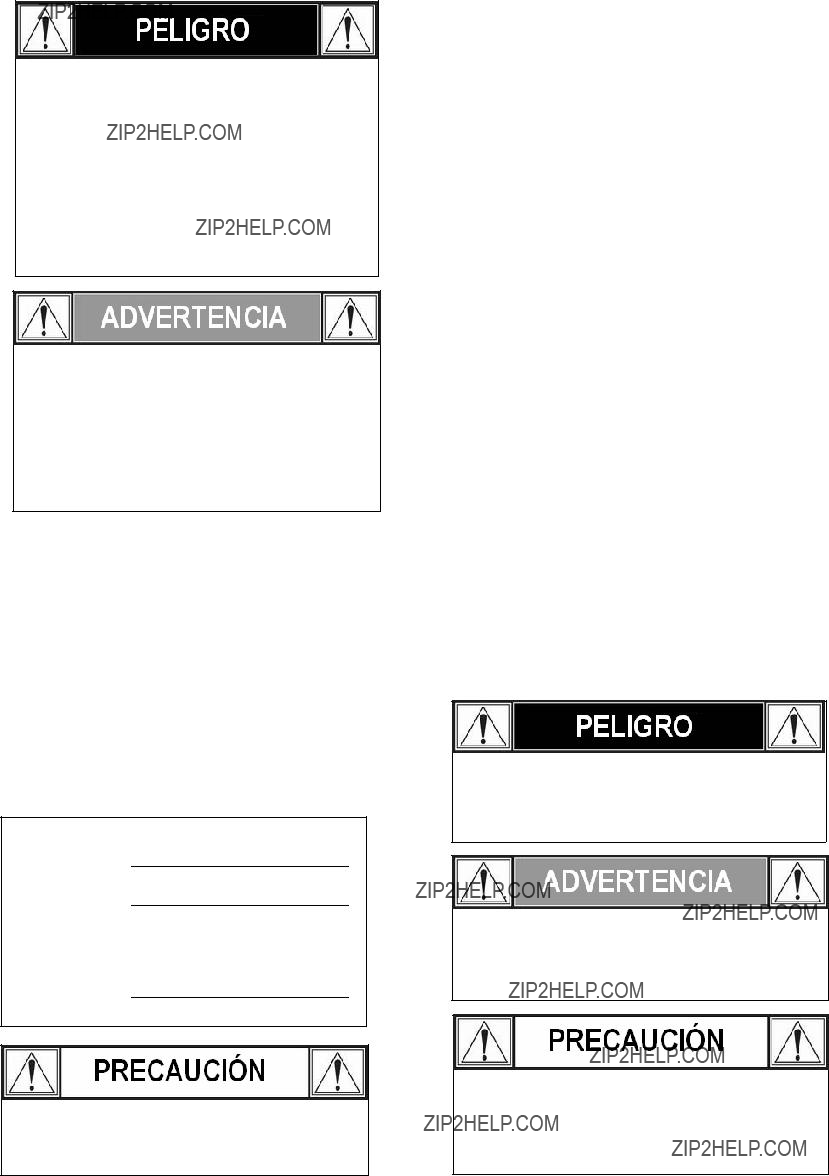
Si detecta olor a gas:
1.Cierre el gas que va a la unidad.
2.Extinga cualquier llama expuesta.
3.Abra la tapa.
4.Si el olor contin??a, mant??ngase alejado de la unidad y llame de inmediato a la compa????a que le suministra el gas o al departamento de bomberos local.
1.No almacene ni utilice gasolina ni otros l??quidos o vapores inflamables cerca de esta ni de ninguna otra unidad.
2.No deber?? almacenar cerca de la parrilla ni de ninguna otra unidad un cilindro de LP que no est?? conectado para ser utilizado.
Llame al Centro de Servicio de Parrillas para obtener ayuda o repuestos
Si tiene dudas o necesita asistencia durante el ensamblaje, llame al 1-800-482-0131. Hablar?? con un representante del fabricante de la parrilla, no con un empleado de Sears. Para pedir piezas nuevas llame a Sears al
1-800-4-MY-HOME.
Registro del producto
IMPORTANTE: Llene la informaci??n sobre el registro del producto que aparece a continuaci??n.
???del modelo
???de serie
Refi??rase a la etiqueta de clasificaci??n de la parrilla para el n??mero de serie.
Fecha de compra
Para uso residencial ??nicamente. No utilice para cocci??n comercial.
Precauciones de seguridad para la instalaci??n
???Utilice la parrilla, como la compr??, s??lo con gas LP (propano) y el ensamble de regulador/v??lvula que se suministra. Deber?? comprar un kit de conversi??n para uso con gas natural.
???La instalaci??n de la parrilla deber?? conformarse con la normativa local, o en ausencia de esta, con la Normativa Nacional para Combustible de Gas, ANSI Z223.1/ NFPA 54, Normativa para instalaci??n de gas natural y propano, CSA B149.1, o la Normativa para almacenaje y manejo de propano, B149.2, o la Norma para veh??culos recreacionales, ANSI A 119.2/NFPA 1192, y CSA Z240 Serie RV, Normativa para veh??culos recreacionales, seg??n sea aplicable.
???Todos los accesorios el??ctricos (tales como el asador) deber??n estar conectados a tierra de conformidad con las normativas locales o con la Normativa Nacional sobre Electricidad, ANSI / NFPA 70 o la Normativa Canadiense de Electricidad, CSA C22.1. Conserve los cables el??ctricos y/o las mangueras de suministro de combustible alejadas de las superficies calientes.
???Esta parrilla tiene certificaci??n de seguridad para uso en Estados Unidos y/o Canad?? ??nicamente. No modifique para utilizar en cualquier otra ubicaci??n. La modificaci??n constituir?? un riesgo a la seguridad.
S??mbolos de seguridad
Los s??mbolos y recuadros que aparecen a continuaci??n explicar lo que cada enunciado significa. Lea y observe todos los mensajes que se encuentran a trav??s del manual.
PELIGRO: Indica una situaci??n de peligro inminente que, de no evitarse, resultar?? en muerte o lesiones graves.
ADVERTENCIA: Indica una situaci??n de peligro potencial que, de no evitarse, podr??a resultar en muerte o lesiones graves.
PRECAUCI??N: Indica una situaci??n potencial- mente peligrosa o una pr??ctica insegura la cual, de no evitarse, podr??a ocasionar lesiones menores o moderadas.
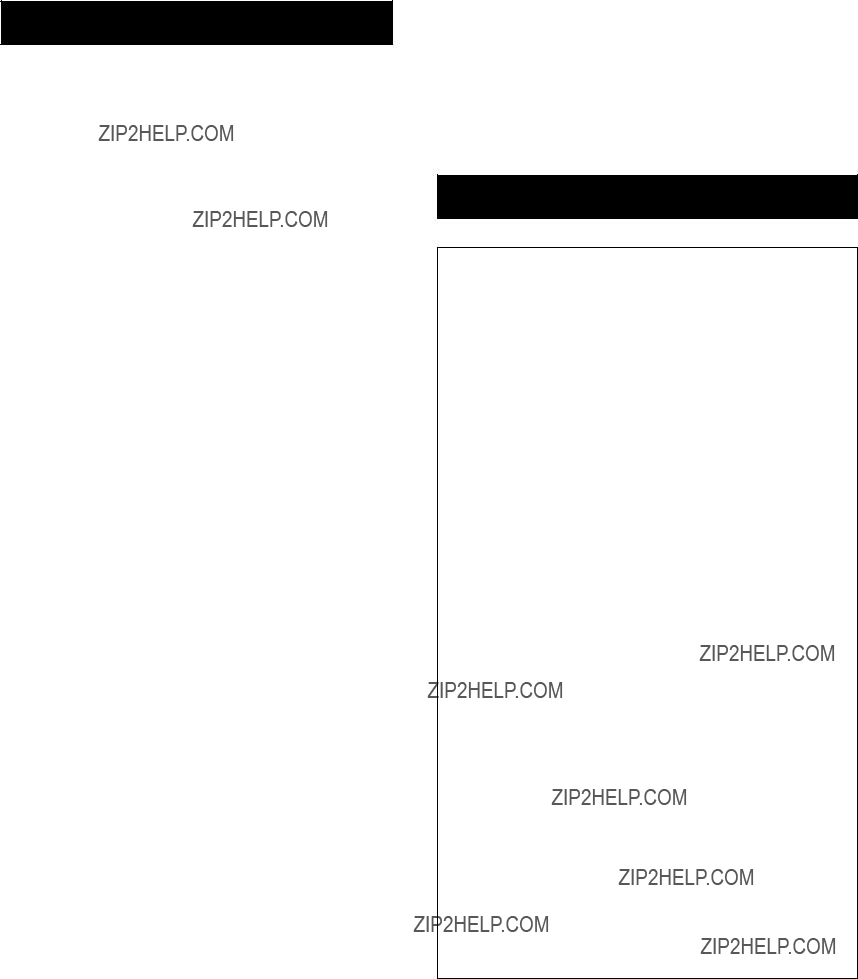
??NDICE
Para su seguridad . . . . . . . . . . . . . . . . . . . . . . . . . . . . . .. . 30 Centro de Servicio para la parrilla. . . . . . . . . . . . . . . . . . . . 30 Informaci??n de registro del producto . . . .. . . . . . . . . . . . . ..30 S??mbolos de seguridad . . . . . . . . . . . . . . . . . . . . .. . . . . . . .30 Precauciones de seguridad para la instalaci??n. . . . . . . . . . 30 Garant??a de la parrilla Kenmore . . . . . . . . . . . . . . . . . . . . . 31 Uso y cuidado . . . . . . . . . . . . . . . . . . . . . . . . . . . . . . . . 32-38 Caja de conversi??n a gas natural . . . . . . . . . . . . . . .. . . .. . 39 Notas. . . . . . . . . . . . . . . . . . . . . . . . . . . . .. . . . . . . . . . ??? . 39 Lista de piezas . . . . . . . . . . . . . . . . .. . . . . . . . . . . . . . .??? . 41 Diagrama de piezas. . . . . . . . . . . . . . . .. . . . .. . . .. . . . ... . 42 Ensamblaje . . . . . . . . . . . . . . . . . . . . . . . . . . . .. . . . ??? .43-53 Soluci??n de problemas . . . . . . . . . . . . . . . . . .. . . . ... . . 54-55
Acuerdos de protecci??n para reparaci??n
Felicitaciones por su compra inteligente. Su nuevo producto Kenmore ?? est?? dise??ado y fabricado para brindarle a??os de funcionamiento confiable. Pero, como cualquier otro producto, puede que requiera reparaciones de cuando en cuando. Es all?? cuando tener un Acuerdo de protecci??n para reparaci??n puede ahorrarle dinero y molestias.
Adquiera un Acuerdo de protecci??n de reparaci??n ahora y prot??jase de molestias y gastos imprevistos.
He aqu?? lo que el acuerdo de protecci??n para reparaci??n incluye:
???Servicio experto por parte de nuestros 10.000 especialistas profesionales de reparaciones.
???Servicio ilimitado sin cargo para las piezas y mano de obra de todas las reparaciones amparadas.
???Reemplazo del producto hasta $1500 si el producto amparado no puede arreglarse.
???Descuento del 10% del precio regular del servicio y las piezas relacionadas instaladas no amparadas por el acuerdo; tambi??n, 10% de descuento sobre el precio regular de las revisiones preventivas de mantenimiento.
???Ayuda telef??nica r??pida ??? la llamamos Resoluci??n R??pida ??? apoyo telef??nico de un representante Sears.
Piense en nosotros como un manual de servicio parlante. Una vez que haya adquirido el Acuerdo de Protecci??n para repara- ci??n, una simple llamada telef??nica es todo lo que necesita para programar el servicio. Puede llamar en cualquier momento, de d??a o de noche, o programar una cita de servicio a trav??s de Internet. El Acuerdo de Protecci??n para reparaci??n es una compra sin riesgos. Si cancela por cualquier raz??n durante el per??odo de garant??a del producto, le proporcionaremos un reembolso completo. O un reembolso prorrateado en cualquier momento despu??s de que venza el per??odo de garant??a del producto. ??Adquiera su Acuerdo de Protecci??n para Reparaci??n hoy mismo!
Ciertas limitaciones y exclusiones aplican.
Para precios e informaci??n adicional, llame al 1-800-827-6655. Servicio de instalaci??n Sears
Para la instalaci??n profesional de electrodom??sticos Sears, abridores de puertas de garaje, calentadores de agua y cualquier otro art??culo grande en EE.UU., llame al
1-800-4-MY-HOME??
GARANT??A
Garant??a total Kenmore
Si esta parrilla presenta una falla originada por un defecto de material o mano de obra, dentro de un a??o a partir de la
fecha de compra, llame al 1-800-4-MY- HOME?? para obtener reparaci??n gratis (o reemplazo si no fuese posible efectuar la reparaci??n).
Garant??a limitada en los quemadores
Durante diez a??os a partir de la fecha de compra, cualquier quemador de acero inoxidable que se oxide completamente ser?? reemplazado sin costo. Despu??s del primer a??o a partir de la fecha de compra, usted paga por la mano de obra si desea que se lo instalen.
Toda la cobertura de garant??a excluye las bater??as del encendedor y la p??rdida de pintura de las partes de la parrilla, la decoloraci??n o el ??xido, los cuales son partes fungibles que pueden gastarse con el uso normal dentro del per??odo de garant??a, o son situaciones que podr??an producirse por el uso normal, accidente o mantenimiento inadecuado.
Toda la cobertura de garant??a queda anulada si la parrilla se utiliza para fines comerciales o en alquiler.
Toda la cobertura de garant??a aplica ??nicamente si la parrilla se utiliza en Estados Unidos.
Esta garant??a le otorga derechos legales espec??ficos y es posible que usted goce de otros derechos que var??an seg??n el estado.
Sears, Roebuck and Co., Hoffman Estates, IL 60179

USO Y CUIDADO
???NUNCA guarde un cilindro de repuesto de LP debajo ni cerca de la parrilla ni en un ??rea encerrada
???Nunca llene un cilindro a m??s del 80% de su capacidad.
???Si la informaci??n de los dos puntos anteriores no se sigue exactamente, puede ocurrir un incendio que ocasione la muerte o lesiones graves.
???Un cilindro que se haya llenado excesivamente o inadecuadamente almacenado es un peligro debido a la posibilidad de que la v??lvula de seguridad para alivio de la presi??n libere gas. Esto podr??a ocasionar un incendio intenso con riesgo de da??os a la propiedad, lesiones graves o la muerte.
???Si ve, huele o escucha gas escapando, al??jese inmediatamente del cilindro de LP y de la parrilla y llame al departamento de bomberos.
Remoci??n del tanque de LP, transporte y almacenaje
???Cierre (gire a OFF) todas las perillas de control y la v??lvula del tanque de LP. Gire la tuerca de acople en el sentido antihorario manualmente solamente ??? no utilice herramientas para desconectar. Levante el cable del tanque de de LP de la anilla del tanque LP, luego levante el tanque y s??quelo del soporte. Instale la tapa de seguridad en la v??lvula del tanque de LP. Siempre utilice la tapa y la banda que se suministra con la v??lvula.
No utilizar la tapa de seguridad como se indica puede oca- sionar lesiones personales graves y/o da??o a la propiedad.
V??lvula del tanque de LP
Tapa de seguridad
Banda retenedora
??? Un tanque de LP desconectado para almacenar o transportar deber?? tener colocada la tapa de seguridad (como se ilustra). No almacene un tanque de LP en espacios cerrados tales como un puesto de estacionamiento, garaje, porche, patio cubierto u otro edificio. Nunca deje un tanque de LP dentro de un veh??culo que pueda recalentarse con el sol.
??? No guarde un tanque de LP en un ??rea donde jueguen los ni??os.
Cilindro de LP
???El cilindro de LP utilizado con su parrilla deber?? cumplir con los siguientes requisitos:
???Utilice los cilindros de LP con estas medidas requeridas: 12" (30,5 cm) (di??metro) x 18" (45,7 cm) (alto) con 20 lb. (9,1 kg) de capacidad m??xima.
???Los cilindros de LP deber??n estar fabricados y marcados de acuerdo con las especificaciones para cilindros LP del Departamento de Transporte de EE.UU. (DOT) o para Canad??, CAN/CSA-B339, cilindros, esferas y tubos para transporte de mercanc??as peligrosas. Transport Canada (TC). Refi??rase al anillo del cilindro LP para las marcas.
???La v??lvula del cilindro LP deber?? tener:
???Salida tipo 1 compatible con el regulador o la parrilla.
???V??lvula de alivio de la presi??n.
???Dispositivo de protecci??n contra el sobrellenado con clasificaci??n UL (OPD). Esta caracter??stica OPD de seguridad se identifica por una rueda manual triangular ??nica. Utilice s??lo los cilindros LP equipados con este tipo de v??lvula.
???El cilindro LP deber?? estar acondicionado para salida de vapor e incluir un anillo para proteger la v??lvula LP del cilindro. Siempre conserve los cilindros LP en posici??n vertical durante el uso, tr??nsito o almacenaje.
Rueda manual
Cilindro de LP en posici??n vertical para la eliminaci??n del vapor
LP (Liquefied Petroleum Gas)
???LP gas is nontoxic, odorless and colorless when produced. For Your Safety, LP gas has been given an odor (similar to rotten cabbage) so that it can be smelled.
???LP gas is highly flammable and may ignite unexpectedly when mixed with air.
Llenado del cilindro LP
???Utilice s??lo distribuidores autorizados y experimentados.
???El distribuidor LP deber?? purgar el cilindro nuevo antes de llenarlo.
???El distribuidor NUNCA deber?? llenar el cilindro LP m??s del 80% del volumen del cilindro LP. El volumen de propano en el cilindro variar?? con la temperatura.
???Un regulador con escarcha indicar?? que est?? sobrellenado. Cierre inmediatamente la v??lvula del cilindro LP y llame al distribuidor de gas LP local para asistencia.
???No libere gas de propano l??quido (LP) en la atm??sfera. Esta es una pr??ctica peligrosa.
???Para retirar el gas del cilindro LP, contacte a un distribuidor LP o llame a los bomberos locales para obtener asistencia. Revise el directorio telef??nico bajo ???Compa????as de Gas??? para el distribuidor de LP certificado m??s cercano.

Intercambio del tanque LP
???Muchos distribuidores que venden parrillas ofrecen la opci??n de reemplazar su tanque vac??o de LP a trav??s de un servicio de intercambio. Utilice s??lo las empresas de intercambio con repu- taci??n que inspeccionan, llenan con precisi??n, prueban y certifican sus cilindros. Intercambie su tanque s??lo por un tanque equipado con la caracter??stica de seguridad OPD seg??n se describe en la secci??n "Tanque LP" de este manual.
???Siempre conserve los tanques LP nuevos e intercambiados en posici??n vertical durante el uso, transporte o almacenaje.
???Haga la prueba de fugas en los tanques LP intercambiados ANTES de conectarlo a la parrilla.
Prueba de fuga del tanque LP
Para su seguridad
???La prueba de fuga deber?? repetirse cada vez que se intercambia o se rellena un tanque de LP.
???No fume durante la prueba de fugas.
???No utilice una llama expuesta para revisar las fugas de gas.
???La parrilla deber?? probarse en busca de fugas en exteriores, en un ??rea bien ventilada, alejada de las fuentes de ignici??n tales como los aparatos de encendido a gas o el??ctrico.
Durante la prueba de fugas, mantenga la parrilla alejada de las llamas expuestas o chispas.
???Utilice una brocha limpia y una soluci??n de 50/50 detergente suave y agua. Aplique la soluci??n jabonosa en las ??reas que indican las flechas de la figura. Las fugas se identifican mediante burbujas crecientes.
C??mo conectar el regulador al tanque de LP
1.El tanque de LP deber?? estar adecuadamente fijado a la parrilla. (Refi??rase a la secci??n de ensamblaje).
2.Gire todas las perillas de control a la posici??n OFF.
3.Coloque el tanque de LP en la posici??n OFF girando la rueda manual OPD en sentido horario hasta que se detenga totalmente.
4.Retire la tapa protectora de la v??lvula del tanque LP. Siempre utilice la tapa y la banda que se suministran con la v??lvula.
Rueda manual
OPD
Salida tipo 1 con rosca externa
V??lvula de seguridad
Banda y tapa
Si aparecen burbujas ???creciendo??? no utilice ni mueva el tanque de LP. ??Contacte un distribuidor de gas LP o a los bomberos!
 No utilice agentes limpiadores dom??sticos. Podr??an causar da??os a los componentes y tuber??as de gas (v??lvula/manguera/regulador).
No utilice agentes limpiadores dom??sticos. Podr??an causar da??os a los componentes y tuber??as de gas (v??lvula/manguera/regulador).
No inserte un tap??n de transporte POL (pieza pl??stica con roscas externas) en la salida tipo 1 de la v??lvula del tanque. Anular?? la funci??n de la v??lvula de seguridad.
5.Sostenga el regulador e inserte el empalme en la v??lvula del tanque de LP. Apriete a mano la tuerca de acople, sosteniendo el regulador en l??nea recta con la v??lvula del tanque de LP a objeto de no da??ar la rosca.
El empalme tiene que estar centrado en la v??lvula del tanque de LP
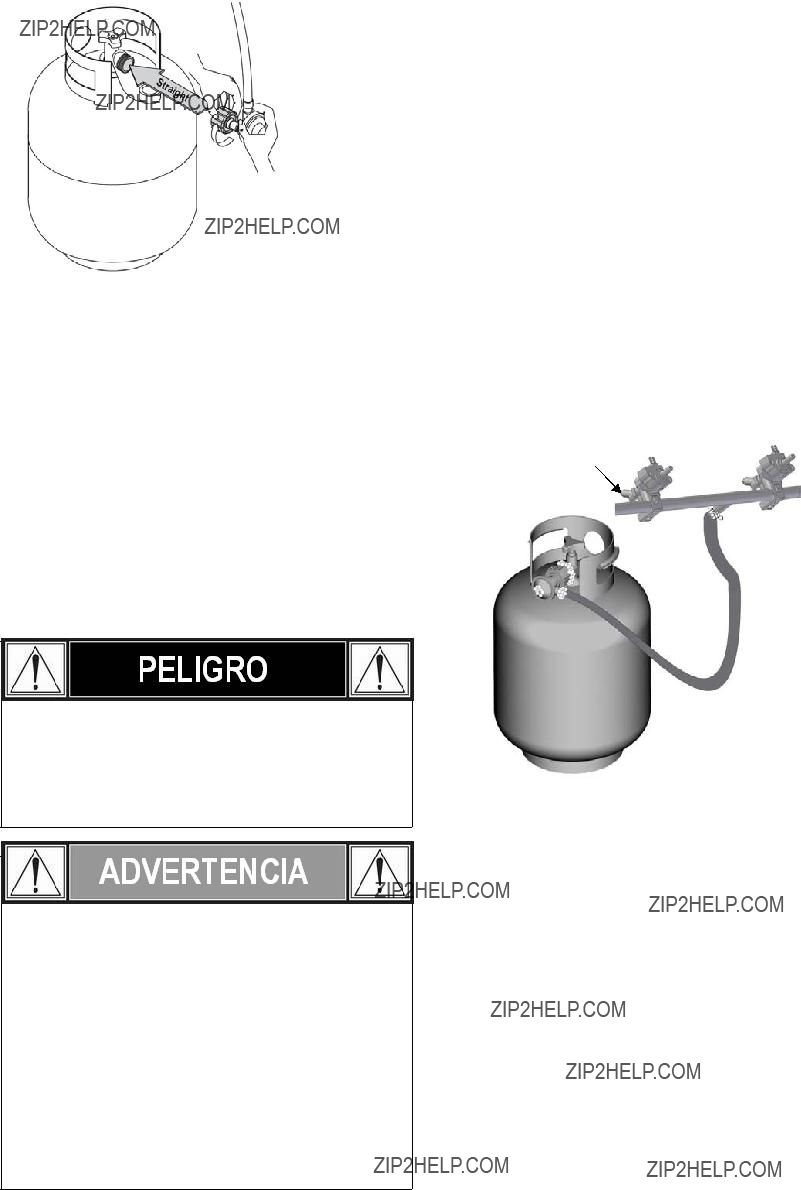
Sostenga la tuerca de empalme y el regulador como se ilustra para la conexi??n adecuada a la v??lvula del tanque de LP.
6.Gire la tuerca de acople en el sentido horario y apriete hasta que se detenga completamente. El regulador sellar?? en la funci??n disminuci??n de e revisi??n de la v??lvula amortiguadora del tanque de LP, lo cual ocasiona cierta resistencia. Se necesita un giro adicional de mitad o tres cuartos para completar la conexi??n. Apriete a mano ??nicamente ??? no utilice herramientas.
NOTA:
Si no puede completar la conexi??n, desconecte el regulador y repita los pasos 5 y 6. Si a??n no puede concluir la conexi??n, ??no utilice este regulador! Llame al 1-800-482-0131 para obtener asistencia.
???No inserte ninguna herramienta ni objeto extra??o en la salida de la v??lvula ni en la v??lvula de seguridad. Puede da??ar la v??lvula y ocasionar una fuga. Las fugas de propano podr??an ocasionar una explosi??n, incendio, lesiones personales graves o la muerte.
???Las unidades de gas para exteriores no est??n dise??adas para ser instaladas en un barco.
???Las unidades de gas para exteriores no est??n dise??adas para ser instaladas en veh??culos recreacionales.
???Nunca intente fijar esta parrilla al sistema de gas LP aut??nomo de una caravana, remolque o casa rodante.
???No utilice la parrilla hasta que haya efectuado la prueba de las fugas.
???Si detecta una fuga en cualquier momento, PARE y llame a los bomberos.
???Si no puede detener una fuga de gas inmediatamente cierre la v??lvula del cilindro LP y ??llame al distribuidor de gas o a los bomberos!
V??lvulas para prueba de fugas, manguera y regulador
1.Gire todas las perillas de control de la parrilla a la posici??n OFF (cerrado).
2.Cerci??rese de que el regulador est?? conectado de forma bien ajustada al tanque de LP.
3.Abra completamente la v??lvula del tanque de LP girando la rueda manual OPD en el sentido antihorario. Si escucha un sonido semejante a una r??faga, cierre el gas inmediatamente. Hay una fuga importante en la conexi??n. Corrija antes de proceder llamando a Sears para obtener piezas de repuesto
al 1-800-4-MY-HOME??.
4. Aplique la soluci??n jabonosa con una brocha en las ??reas donde aparecen burbujas en la ilustraci??n:
 Nunca retire el anillo roscado del extremo de la v??lvula
Nunca retire el anillo roscado del extremo de la v??lvula
5.Si aparecen burbujas que ???crecen???, hay una fuga. Cierre la v??lvula del tanque de LP inmediatamente y vuelva a apretar las conexiones. Si no puede detener las fugas no trate de repararlas. Llame a Sears para pedir piezas de repuesto al 1-800-4-MY-HOME??.
6.Siempre cierre la v??lvula del tanque de LP despu??s de realizar la prueba de fugas, girando la rueda manual en el sentido horario.
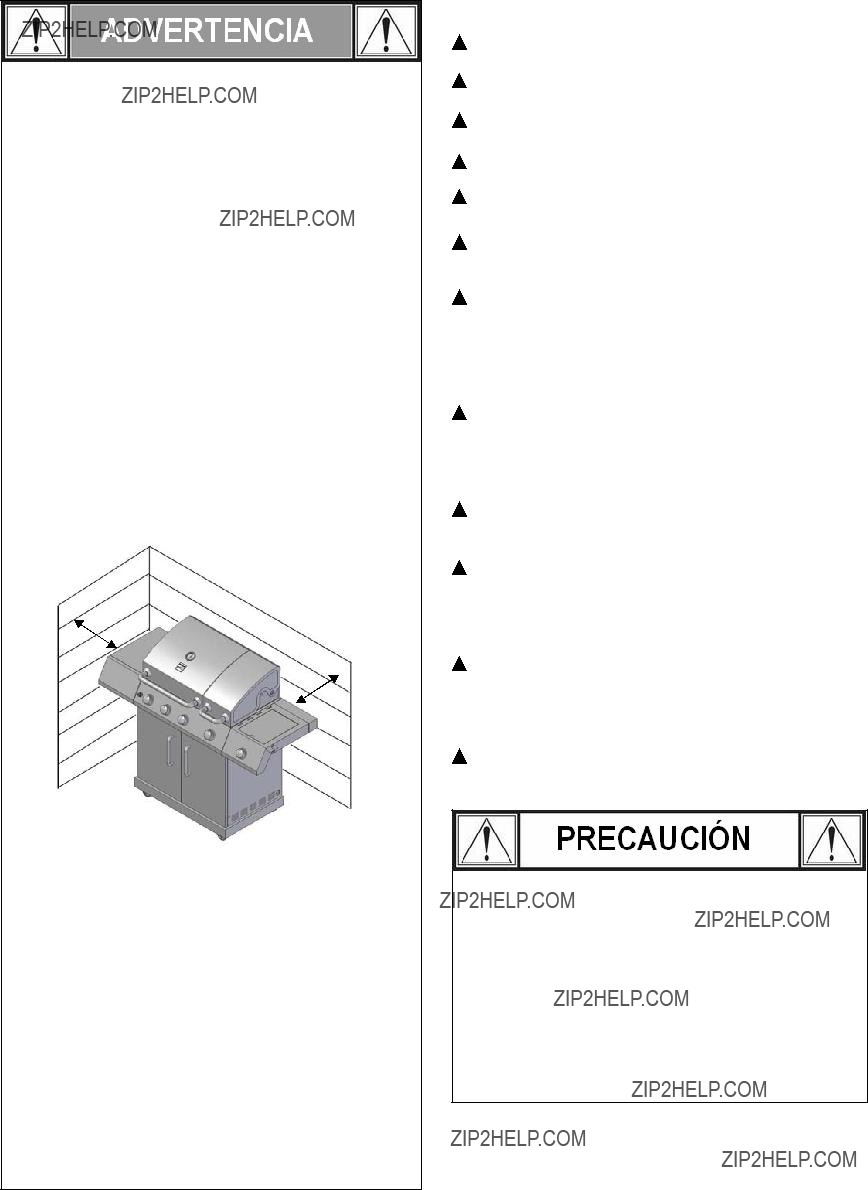
Para el uso seguro de su parrilla y para evitar lesiones graves:
???No permita que los ni??os hagan funcionar la parrilla ni deje que jueguen cerca de ella.
???Conserve el ??rea de la parrilla despejada y sin materiales que pudiesen arder.
???No obstruya los agujeros de los costados o la parte posterior de la parrilla.
???Revise las llamas del quemador regularmente.
???Utilice la parrilla s??lo en un espacio bien ventilado. NUNCA la utilice en un espacio cerrado tal como un puesto de estacionamiento, garaje, porche, patio cubierto o bajo una estructura de cualquier tipo.
???No use carb??n ni briquetas de cer??mica en una parrilla de gas. (A menos que las briquetas se suministren con su parrilla.)
???Use la parrilla a una distancia de al menos 3??? (91 cm) de cualquier pared o superficie. Mantenga una separaci??n de 10??? (3 m) de los objetos que puedan incendiarse o de las fuentes de ignici??n como luces de encendido de calentadores de agua, electrodom??sticos con conexi??n activa, etc.
??? Ocupantes de apartamentos:
Revisen con la administraci??n para conocer los requisitos y las normativas sobre incendio relativas al uso de una parrilla de gas LP en su complejo de aparta- mentos. Si se permiten, utilice fuera sobre piso de planta baja con una separaci??n de 3 pies (91 cm) de paredes o barandas. No utilice en balcones o debajo de ellos.
???NUNCA intente encender un quemador con la tapa cerrada. Una acumulaci??n de gas sin encender dentro de una parrilla cerrada es peligrosa.
???Nunca haga funcionar la parrilla si el cilindro de LP no est?? en la posici??n correcta especificada en las instrucciones de ensamblaje.
???Siempre cierre la v??lvula del cilindro de LP y retire la tuerca de acople antes de mover el cilindro de la posici??n especificada para el funcionamiento.
Consejos pr??cticos sobre seguridad
Antes de abrir la v??lvula del cilindro de LP, verifique que la tuerca de acople est?? bien apretada.
Cuando la parrilla no est?? en uso, cierre todas las perillas de control y la v??lvula del cilindro LP.
Nunca mueva la parrilla mientras est?? en funcionamiento o a??n caliente.
Utilice utensilios de mango largo para parrilla y guantes para horno para evitar quemaduras o salpicaduras.
La carga m??xima para el quemador lateral y el anaquel lateral es 10 lb (4,6 kg).
La bandeja recolectora de grasa deber?? estar insertada en la parrilla y vaciarse despu??s de cada uso. No retire la bandeja de grasa hasta que la parrilla se haya enfriado completamente. Limpie la parrilla a menudo, preferiblemente despu??s de terminar cada parrillada al aire libre. Si utiliza una brocha de cerdas para limpiar cualquiera de las superficies de cocci??n de la parrilla, cerci??rese de no dejar cerdas sueltas en las superficies de cocci??n antes de asar. No se recomienda limpiar las superficies de cocci??n mientras est??n calientes. Si observa grasa u otro material caliente goteando de la parrilla en la v??lvula, manguera o regulador, apague el suministro de gas inmediatamente. Determine la causa, corr??jala y limpie e inspeccione la v??lvula, manguera y regulador antes de continuar. Realice una prueba de fugas.
Las aberturas de ventilaci??n en el compartimiento del cilindro (en el carrito de la parrilla) deben mantenerse sin obstrucciones ni desechos.
No almacene objetos ni materiales dentro del compartimiento del carrito de la parrilla que pudiesen bloquear el flujo del aire de combusti??n a la parte inferior del panel de control o del taz??n de la c??mara de combusti??n.
El regulador puede hacer un sonido de silbido o zumbido durante el funcionamiento. Esto no afecta la seguridad ni el uso de la parrilla.
 Si tiene un problema con la parrilla, refi??rase a la ???Secci??n de soluci??n de problemas???.
Si tiene un problema con la parrilla, refi??rase a la ???Secci??n de soluci??n de problemas???.
Si el regulador se congela, apague la parrilla y la v??lvula del ci- lindro de LP de inmediato. Esto indica un problema con el cilindro y no debe ser utilizado con ning??n producto. ??Regrese al distribuidor!
???Apagar los incendios que produce la grasa cerrando la tapa no es posible. Las parrillas est??n bien ventiladas por razones de seguridad.
???No utilice agua en un incendio ocasionado por la grasa. Podr??an ocurrir lesiones personales. Si se desarrolla un incendio originado por la grasa, gire las perillas y el cilindro de LP a la posici??n de apagado.
???No deje la parrilla desatendida mientras precalienta o limpia mediante el calor los residuos de comidas en ???HI???. Si la parrilla no se ha limpiado regularmente, puede ocurrir un incendio causado por la grasa que pudiera da??ar el producto.
C??mo encender la parrilla con el encendedor
1.Lea las instrucciones antes de encender la parrilla.
2.Abra la tapa durante el encendido.
3.Abra la v??lvula del cilindro de LP o gas natural.
35
4.Presione hacia adentro cualquier perilla de control del quema- dor y gire la perilla hacia la izquierda a la posici??n ???HI???. Contin??e presionando la perilla hasta que el quemador se encienda.
5.Si no enciende en 5 segundos, apague el control del quemador, espere 5 minutos para que se disipe el gas y repita el procedimiento de encendido.
6.Para encender otros quemadores, repita el paso 4.
NOTA: Si el encendedor no funciona, siga las instrucciones de encendido con f??sforos.
Apague (coloque en OFF) los controles y la alimen- taci??n de gas del tanque cuando no est?? en uso.
Si no enciende en 5 segundos, apague el control del quemador, espere 5 minutos y repita el procedimiento de encendido. Si el quemador no enciende con la v??lvula abierta, el gas continuar?? fluyendo por el quemador y podr??a encenderse accidentalmente con el riesgo de lesiones.
Encendido con f??sforos
No se incline sobre la parrilla para encenderla.
1.Abra la tapa durante el encendido.
2.Coloque el f??sforo en el portaf??sforos (que cuelga del costado del carrito). Encienda el f??sforo, col??quelo en la c??mara de combusti??n.
3.Presione hacia adentro y gire la perilla derecha a la posici??n HIGH. Cerci??rese de que el quemador prende y permanece encendido.
4.Encienda otros quemadores presionando la perilla hacia adentro y girando a la posici??n HI.
Encendido del quemador lateral con f??sforo
1.Abra la tapa del quemador lateral. Abra el gas en el cilindro LP
2.Coloque el f??sforo encendido cerca del quemador.
3.Gire la perilla del quemador lateral a HI. Cerci??rese de que el quemador prende y permanece encendido.
Revisi??n de la llama del quemador
??? Retire las rejillas de cocci??n y los difusores de calor. Encienda los quemadores, gire las perillas de HIGH a LOW. Debe ver una llama m??s peque??a en la posici??n LOW que la que vio en HIGH. Efect??e una revisi??n de la llama del quemador en el quemador lateral tambi??n. Siempre revise la llama antes de cada uso.
C??mo apagar la parrilla
??? Gire todas las perillas a la posici??n. Coloque el tanque de LP en la posici??n OFF girando la rueda manual en sentido horario hasta que se detenga totalmente.
Revisi??n del encendedor
???Cierre el gas en el cilindro de LP. Presione la perilla de control hacia adentro y gire la perilla hacia la izquierda a la posici??n ???HI???. Debe escuchar un ???clic??? y ver una chispa cada vez entre la caja colectora o el quemador y el electrodo. Refi??rase a ???Soluci??n de problemas??? si no escucha un clic ni ve una chispa.
Revisi??n de la v??lvula
??? Importante: Cerci??rese de que el gas est?? apagado en el cilindro de LP antes de revisar las v??lvulas. Las perillas trancan en la posici??n OFF. Para revisar las v??lvulas, primero presione las perillas hacia adentro y suelte, las perillas deben regresar hacia atr??s mediante el resorte. Si no lo hacen, reemplace el ensamble de la v??lvula antes de utilizar la parrilla. Gire las perillas a la posici??n LOW y luego nuevamente a OFF Las v??lvulas deben girar suavemente.
Revisi??n de la manguera
??? Antes de cada uso, revise si las mangueras tienen alg??n corte o est??n gastadas. Cambie las mangueras gastadas antes de utilizar la parrilla. Utilice s??lo piezas de repuesto id??nticas para v??lvula/manguera/regulador seg??n lo especificado en la Lista de piezas de esta gu??a de uso y cuidado.
Limpieza general de la parrilla
??? No confunda la acumulaci??n de grasa y humo marr??n o negro con la pintura. El interior de las parrillas de gas no est?? pintado de f??brica (y nunca debe pintarse). Aplique una soluci??n fuerte de agua y detergente o utilice un limpiador de parrilla con un cepillo para frotar en las partes internas de la tapa o la parte inferior de la parrilla. Enjuague y deje secar completamente al aire. No aplique limpiador c??ustico para parrilla/horno a las superficies pintadas.
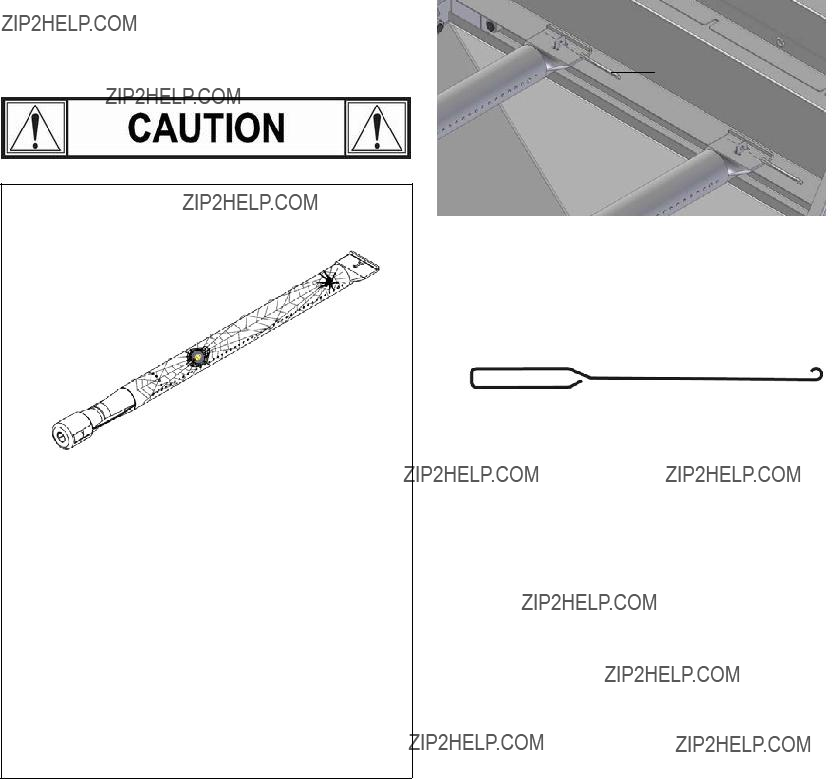
???Plastic parts: Wash with warm soapy water and wipe dry. Do not use citrisol, abrasive cleaners, degreasers or a
concentrated grill cleaner on plastic parts. Damage to and failure of parts can result.
???Porcelain surfaces: Because of glass-like composition, most residue can be wiped away with baking soda/water solution or specially formulated cleaner. Use nonabrasive scouring powder for stubborn stains.
???Painted surfaces: Wash with mild detergent or nonabrasive cleaner and warm soapy water. Wipe dry with a soft nonabrasive cloth.
???Stainless steel surfaces: To maintain your grill???s high quality appearance, wash with mild detergent and warm soapy water and wipe dry with a soft cloth after each use. Baked-on grease deposits may require the use of an abrasive plastic cleaning pad. Use only in direction of brushed finish to avoid damage. Do not use abrasive pad on areas with graphics.
???Cooking surfaces: If a bristle brush is used to clean any of the grill cooking surfaces, ensure no loose bristles remain on cooking surfaces prior to grilling. It is not recommended to clean cooking surfaces while grill is hot.
Storing Your Grill
???Clean cooking grates. ???Store in dry location.
???When LP cylinder is connected to grill, store outdoors in a wellventilated space and out of reach of children.
???Cover grill if stored outdoors. Choose from a variety of grill covers offered by manufacturer.
???Store grill indoors ONLY if LP cylinder is turned off and disconnected, removed from grill and stored outdoors.
???When removing grill from storage, follow ???Cleaning the Burner Assembly??? instructions before starting grill.
Cleaning the Burner Assembly
Follow these instructions to clean and/or replace parts of burner assembly or if you have trouble igniting grill.
1.Turn gas off at control knobs and LP cylinder.
2.Remove cooking grates and heat diffusers.
3.Remove R pins from rear of burners.
4.Carefully lift each burner up and away from valve openings.
R pin
SPIDER ALERT!
SPIDER AND WEBS
INSIDE BURNER TUBE
If you notice that your grill is getting hard to light or that the flame isn???t as strong as it should be, take the time to check and clean the burner tubes.
Spiders or small insects have been known to create ???flashback??? problems. The spiders spin webs, build nests and lay eggs in the grill???s burner tubes obstructing the flow of gas to the burner. The backed-up gas can ignite in the burner tube behind the control panel. This is known as a flashback and it can damage your grill and even cause injury.
To prevent flashbacks and ensure good performance the burner and burner tube assembly should be removed from the grill and cleaned before use whenever the grill has been idle for an extended period.
We suggest three ways to clean the burner tubes. Use the one easiest for you.
(A)Bend a stiff wire (a light weight coat hanger works well) into a small hook. Run the hook through each burner
tube several times.
(B)Use a narrow bottle brush with a flexible handle (do not use a brass wire brush), run the brush through each burner tube several times.
(C)Wear eye protection: Use an air hose to force air into the burner tube and out the burner ports. Check each port to make sure air comes out each hole.
5.Wire brush entire outer surface of burner to remove food residue and dirt.
6.Clean any blocked ports with a stiff wire such as an open paper clip.
7.Check burner for damage, due to normal wear and corrosion some holes may become enlarged. If any large cracks or holes are found replace burner.
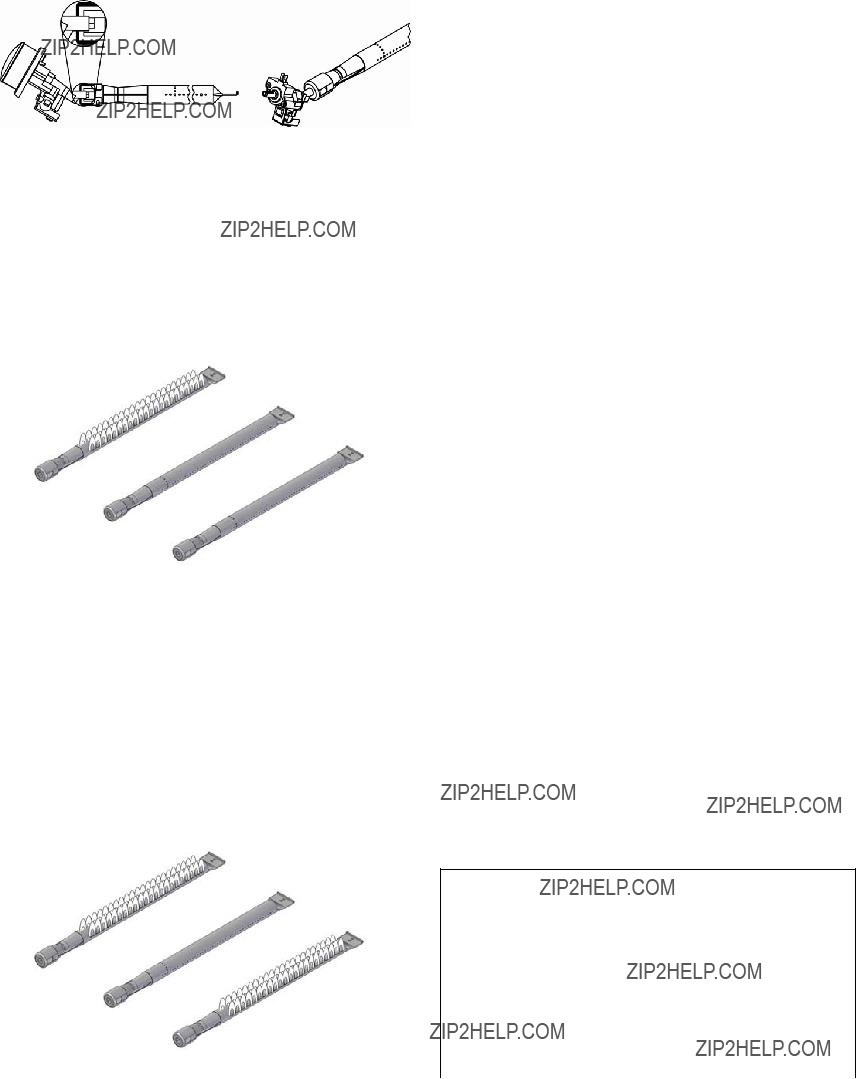
MUY IMPORTANTE: Los tubos del quemador deber??n volverse a enganchar en las aberturas de las v??lvulas.
Enganche correcto quemador-v??lvula
Cocci??n indirecta
Las aves y los cortes grandes de carne se cocinan lentamente a la perfecci??n en la parrilla mediante el calor indirecto. Coloque los alimentos sobre el(los) quemador(es) sin encender; el calor de los quemadores encendidos circula suavemente por toda la parrilla, cocinando la carne o las aves sin una llama directa. Este m??todo disminuye enormemente las llamaradas cuando cocine cortes muy grasosos porque no hay llama directa que encienda la grasa ni los jugos que gotean mientras cocina.
Seguridad alimentaria
La seguridad alimentaria es una parte muy importante de disfrutar la experiencia de cocinar al aire libre. Para conservar los alimentos protegidos de las bacterias nocivas, siga estos cuatro pasos b??sicos:
Limpiar: L??vese las manos, los utensilios y superficies con agua caliente jabonosa antes y despu??s de manipular carne o aves crudas.
Separar: Separe las carnes y aves crudas de los alimentos listos para comer para evitar contaminaci??n cruzada. Utilice un plato y utensilios limpios para retirar los alimentos cocinados. Cocinar: Cocine las carnes y aves completamente para matar las bacterias. Use un term??metro para comprobar las temperaturas internas adecuadas de los alimentos. Refrigerar: Refrigere los alimentos preparados y las sobras r??pidamente.
Para m??s informaci??n llame a: la l??nea de ayuda USDA sobre carne y aves al 1-800-535-4555 (en Washington, DC (202) 720-3333, 10:00 am-4:00 pm hora del este).
ENCENDIDO
APAGADO
APAGADO
Cocci??n con 1 quemador
Cocine con calor directo o indirecto.
Mejor para comidas o alimentos m??s peque??os
Consume menos combustible.
Instrucciones para cocci??n indirecta
???Siempre cocine con la tapa cerrada
???Debido a las condiciones clim??ticas, los tiempos de cocci??n pueden variar. En clima fr??o y con viento es posible que necesite aumentar la configuraci??n de temperatura para lograr temperaturas de cocci??n.
???Coloque los alimentos sobre el(los) quemador(es) sin encender.
APAGADO
ENCENDIDO
APAGADO
Cocci??n con 2 quemadores
Cocci??n indirecta estupenda a fuego bajo
Produce calor bajo y uniforme.
Ideal para asar a fuego lento y hornear.
C??mo saber si la carne est?? totalmente asada
???La carne y las aves cocinadas a la parrilla a menudo se doran muy r??pido por fuera. Use un term??metro de carnes para cerciorarse de que el alimento haya alcanzado una temperatura interna segura y haga cortes para observar se??ales visibles de cocci??n.
???Las aves completas deben alcanzar 180?? F (82,2??C); pechugas, 170??F (76,7??C). Los jugos deben salir transparentes y la carne no debe estar rosada.
???Las hamburguesas hechas de carne molida o pollo deben alcanzar 160??F (71,1??C), y estar marrones al medio sin jugos rosados. La carne de res, ternera y cordero, los asados y las chuletas pueden cocinarse a 145??F (62,8??C). Todos los cortes de cerdo deben alcanzar 160??F (71,1??C).
???NUNCA ase parcialmente la carne o las aves y termine de cocinar m??s tarde. Cocine los alimentos completamente para destruir las bacterias nocivas.
???Cuando recaliente los alimentos preparados o las carnes completamente cocidas como perros calientes, ase a 165??F (73,9??C), o hasta que desprendan humo.
ADVERTENCIA: Para cerciorarse de que sean seguro para comer, los alimentos deber??n estar cocinados a la temperatura interna m??nima indicada en la tabla siguiente.
Temperaturas internas m??nimas seguras seg??n USDA*
38
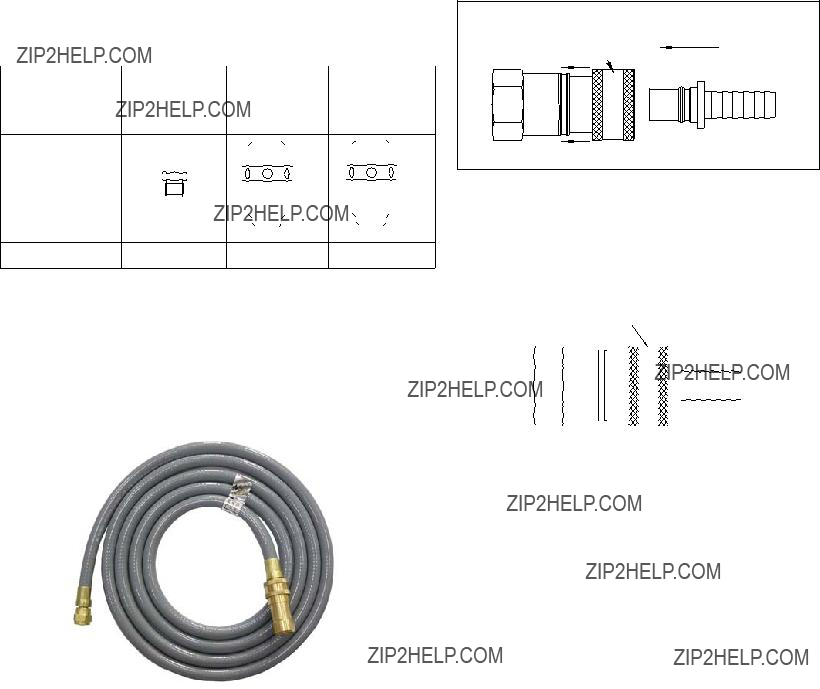
Para comprar las Piezas de conversi??n a gas natural llame a Sears al 1-800-4-MY-HOME ???R
Kit de conversi??n a gas natural Modelo Kenmore # 10478
(Pieza del fabricante No.:L3018S-KIT or S3218A-KIT)
Su parrilla puede ser convertida a gas natural con este kit de conversi??n s??lo por un t??cnico calificado. Para convertir esta parrilla el t??cnico necesitar?? este kit de conversi??n.
El L3018S-KIT est?? dise??ado espec??ficamente para esta parrilla y contiene todos los componemts necesarios para la conversi??n.
El kit 10478 contiene orificios de diferentes modelos de parrilla. Por favor, seleccione los orificios que se enumeran a continuaci??n y desechar el resto. Siga las instrucciones de conversi??n incluidas en el kit.
Manguera de extensi??n de 3,70 m de 3/8??? de di??metro interior
Si convierte su parrilla a gas natural, en la mayor??a de los casos el t??cnico necesitar?? la manguera de extensi??n de 3,70 m de 3/8??? de di??metro interior, que se incluye en el kit para conversi??n a gas natural.
Preparaci??n para la conexi??n a gas natural:
1.Cierre el suministro de gas y luego retire la tapa en el lado del suministro de gas.
2.Recomendado: Instale una v??lvula de cierre en el lado del suministro de gas antes de instalar el socket.
3.El socket debe ser instalado por un t??cnico autorizado, de acuerdo con el c??digo nacional de gas combustible (NFPA 54/ANSI223.1).
4.Antes de insertar el tap??n, abra el suministro de gas y verifique si las conexiones tienen fugas, incluyendo el v??stago de la v??lvula de cierre y la apertura del socket. Para obtener mejores resultados, utilice una soluci??n de jab??n sin amon??aco y agua.
Instrucciones de funcionamiento:
1. Para conectar, presione hacia atr??s el manguito del socket.
2.Inserte el tap??n y libere el manguito.
3.Presione el tap??n hasta que el manguito encaje adelante. (El gas fluir?? autom??ticamente. No conectar el tap??n al socket de forma adecuada podr??a impedir que el gas fluya hacia el electrodom??stico).
Para desconectar
1.Jale el manguito hacia atr??s. Saque el tap??n del socket. (El gas se corta autom??ticamente).
2.Cierre la v??lvula de cierre y reemplace las tapas para polvo en el socket y el tap??n.
Exigencias respecto de la conexi??n de gas Gas PL
Si su parrilla funciona a gas PL, el regulador provisto est?? configurado para una columna de agua de 279,4 mm (mm.c.a.) y s??lo se debe usar con gas PL. La manguera y
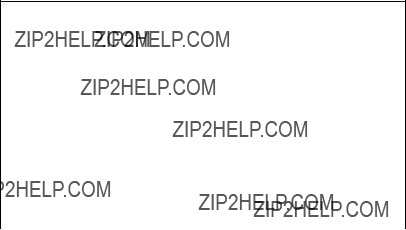
el regulador provistos de f??brica se deben usar ??nicamente con un tanque de gas PL de 9,10 kg.
Gas natural
Si la parrilla es para gas natural, est?? configurada para una columna de agua de 177,8 mm (mm.c.a.) y es s??lo para uso con gas natural. La presi??n de gas se ve afectada por el tama??o y el largo de la l??nea de gas proveniente de la casa. Siga las recomendaciones del siguiente cuadro.
Desde la casa hasta la parrilla
Control de flujo excesivo y poco calor
El ensamble del regulador de propano incorpora un dispositivo de control de flujo excesivo dise??ado para suministrar suficiente flujo de gas a la parrilla en condiciones normales y, al mismo tiempo, controlar el flujo de gas excesivo. Los cambios bruscos en la presi??n pueden activar el dispositivo de control de flujo excesivo, y producir una llama y temperatura bajas. Si abre la v??lvula del tanque para permitir el flujo de gas mientras la v??lvula del quemador est?? abierta, el aumento de presi??n activar?? el dispositivo. El dispositivo permanecer?? cerrado hasta que la presi??n se regule. Esto deber??a ocurrir en el plazo de 5 segundos.
Para asegurarse de que esto no cause dificultad para encender la parrilla, siga estas instrucciones:
1.Aseg??rese de que todas las v??lvulas del quemador est??n en la posici??n ???OFF??? (CERRADO).
2.Abra la v??lvula del tanque y espere 5 segundos.
3.Encienda los quemadores uno a la vez siguiendo las
instrucciones de encendido.
Consejos ??tiles de cuidado y mantenimiento
Antes de asar, precaliente la parrilla por 15 minutos en la posici??n ???HI??? (???ALTA???) con la cubierta abajo. Para evitar llamaradas o llamas descontroladas producidas por grasa, ase la carne con la cubierta abierta. Cierre la cubierta si la carne es gruesa, el clima es fr??o o usa un rostizador o el m??todo de cocci??n indirecta.
Siempre prot??jase la mano con una agarradera o guante para cocinar al tomar contacto con una superficie caliente.
Suba la cubierta al asar carnes, especialmente pollo. Baje la cubierta al usar el m??todo de cocci??n indirecta o un rostizador.
NUNCA deje la parrilla sin supervisi??n durante la cocci??n.
Despu??s de usar, cierre la cubierta, ponga los quemadores en la posici??n HI durante 15 minutos para realizar una autolimpieza quemando la grasa.
Cuadro de tiempo de cuidado y mantenimiento
Si hay accesorios faltantes o da??ados despu??s de desempacar la parrilla, llame al 1-800-482-0131 para obtener un reemplazo.
Para pedir piezas de repuesto despu??s de usar la parrilla llame a Sears al 1-800-4-MY-HOME.
NOTA: Algunas piezas de la parrilla que se ilustran en los pasos del ensamblaje pueden diferir ligeramente en apariencia con respecto a su modelo en particular. Sin embargo, el m??todo de ensamblaje es el mismo.
???3
???2
???1 
???62
???61
???40 
41-1
???9
???10
???49
 50-1
50-1
C??MO DESEMPACAR
Despu??s de retirar todas las piezas de la parte superior de la caja del embalaje y cuando la ??nica parte que quede sea el cabezal de la parrilla, utilice un cuchillo para rasgar los costados de la caja. Tenga cuidado con las grapas que se encuentran en los bordes de la caja de embalaje.
Retire el empaque de poliestireno para acceder al cabezal de la parrilla.
Abra las tapas de la parrilla y retire todas las piezas empacadas y el material de empaque.
ADVERTENCIA: Ensamble y coloque la parrilla en una superficie plana y nivelada. Compare las piezas y los accesorios con la lista y los diagramas. No intente ensamblar si hay partes faltantes o da??adas.
Fije las ruedas al panel inferior con 4 tornillos cada una como se ilustra. Fije las dos ruedas con bloqueo en la parte posterior de la parrilla. Despu??s de fijar todas las ruedas, d??le vuelta al panel inferior. 

Panel inferior
Rueda bloqueable
Tornillo de 1/4-20 x 5/8???
Cant. 16
Rueda
Fije el im??n de la puerta a los agujeros al frente del panel inferior con 2 tornillos. No apriete completamente en este momento.
Panel inferior
Tornillo de 5/32-32 x 1/2???
Cant. 2
Im??n de puerta
43
Panel inferior
Fije los paneles laterales al panel inferior como se ilustra. Para cada panel lateral, hay dos tornillos para el panel posterior y tres para el inferior. Inserte primero los tres tornillos del panel inferior.
Panel derecho
Panel inferior
Panel inferior trasero
44
Fije los soportes del panel lateral a los paneles laterales y al panel inferior con 3 tornillos cada uno como se ilustra.
Panel izquierda
Tornillo de 1/4-20 x 5/8???
Cant. 6
Panel inferior
Panel derecho
Soporte del panel lateral
45
Fije la parte superior del panel posterior a los paneles laterales con 2 tornillos cada uno como se ilustra.
Panel derecho
Tornillo de 1/4-20 x 5/8???
Parte superiorCant. 4 del panel trasero
Panel izquierda
Deslice el soporte del aro del tanque en el extremo del aro del tanque como se ilustra. Fije el soporte a la parte superior del panel posterior con 2 tornillos cada una como se ilustra.
Aro del tanque
Soporte de aro del tanque
Parte superior
del panel trasero Tornillo de 1/4-20 x 5/8??? Cant. 2
46
Fije la barra frontal a los paneles laterales con 2 tornillos cada uno como se ilustra.
Panel izquierda
1/4-20 x 5/8???Screw Qty. 4
Panel derecho
Barra frontal
Fije el soporte de la bandeja recolectora a la barra frontal y a la parte superior del panel posterior con 4 tornillos como se ilustra. NOTA: Las pesta??as de la bandeja de goteo se conectan a la parte de afuera de la barra frontal.
Soporte de la bandeja de goteo
Barra frontal
Parte superior del panel trasero
Tornillo de 1/4-20 x 5/8???
Cant. 4
Deslice la bandeja recolectora a trav??s de la parte superior del panel posterior y en el soporte de la bandeja recolectora como se ilustra.
Soporte de la bandeja de goteo
Bandeja de goteo
Para cada puerta, inserte el pasador de bisagra inferior en el agujero en el panel inferior. Presione hacia abajo el pasador de la bisagra para insertarlo en el agujero en la pesta??a en la parte superior del panel lateral. Ajuste el im??n de la puerta del panel inferior para que haga contacto con las puertas y apriete los tornillos del im??n.
Puerta izquierda
Arandela 5
Cant. 2
48
Corte los amarres que regulan el regulador y la v??lvula del quemador lateral en su lugar debajo del panel de control del cabezal de la parrilla. Tenga cuidado de no cortar los cables del encendido. Con la ayuda de un asistente, levante y coloque el cabezal de la parrilla en el gabinete. Los laterales del cabezal de la parrilla van sobre las pesta??as de fijaci??n del gabinete. Cerci??rese de que la v??lvula del quemador lateral y los cables del encendedor cuelguen fuera del gabinete y que el regulador cuelgue dentro del gabinete. Fije el cabezal al gabinete con 4 tornillos como se ilustra.
Tornillo de 1/4-20 x 5/8???
Cant. 4
Caja de  quemadores
quemadores
Gabinete 
Afloje los tres tornillos fijados al panel izquierdo de la caja del quemador 3 o 4 giros como se ilustra. Suspenda el anaquel lateral a trav??s de los agujeros ranurados en su costado sobre los tres tornillos que ha aflojado. Abra la tapa de la parrilla y utilice el tornillo para apretar el anaquel lateral desde la parte interior de la caja del quemador como se ilustra. Apriete los tres tornillos que afloj?? previamente.
Anaquel lateral
49
Hale el cuerpo de la gaveta hacia afuera.
Asegure el cabezal de la gaveta al cuerpo de la misma con 3 tornillos en cada lado como se ilustra.
Si hay alguna desalineaci??n o interferencia en el funcionamiento del panel frontal del caj??n, aflojar los 6 tornillos, vuelva a ajustar la posici??n del panel frontal para eliminar el problema y vuelva a apretar los tornillos. 











Tornillo de 5/32-32 x 1/2???
Cant. 6
Cuerpo de la gaveta
Anaquel del quemador lateral
Afloje los cuatro tornillos fijados al panel derecho de la caja del quemador 3 o 4 giros como se ilustra. Suspenda el anaquel del quemador lateral a trav??s de los agujeros ranurados en su costado sobre los cuatro tornillos que ha aflojado. Abra la tapa de la parrilla y utilice el tornillo ??nico para apretar el anaquel del quemador lateral desde la parte interior de la caja del quemador como se ilustra. Apriete los cuatro tornillos que afloj?? previamente. Fije el abridor de botellas al anaquel quemador lateral con 2 tornillos como se ilustra.
Afloje
Anaquel lateral de estufa
Abridor de
botellas
50
Anaquel del quemador lateral
Afloje y retire los dos tornillos que sostienen el quemador lateral en su lugar. Alinee los dos agujeros de tornillos de la guarnici??n met??lica con los del panel de control del quemador lateral. Inserte el v??stago de control de la v??lvula a trav??s del panel de control y de los agujeros principales de la guarnici??n met??lica. Fije la guarnici??n met??lica al panel de control y al v??stago de control de la v??lvula con 2 tornillos como se ilustra. Presione la perilla en el v??stago del control de la v??lvula del quemador lateral.
Anaquel del quemador
Tornillo de M4 x 8
Cant.2
Bisel
Perilla
V??stago de control de la v??lvula del quemador lateral
V??lvula del quemador lateral y cable de encendido
Inserte la v??lvula del quemador lateral en el tubo del quemador lateral como se ilustra. Vuelva a fijar el quemador lateral al anaquel con los 2 tornillos que retiro anteriormente. Conecte el cable de encendido del quemador lateral al pasador.
Pasador de encendido
Cable de encendido
Quemador lateral
PRECAUCI??N: Cerci??rese de que la v??lvula est?? dentro del tubo.
51
Instale los difusores de calor, las rejillas de cocci??n y las rejillas para mantener caliente
Coloque los difusores de calor, las rejillas de cocci??n y las rejillas para calentar como se ilustra. NOTA: Los bordes del difusor encajan en las ranuras al frente y parte posterior de la caja del quemador. El agujero rectangular en la rejilla de cocci??n va al frente.
Retire la tapa de la bater??a e inserte una bater??a AA con el polo positivo orientado hacia afuera. Vuelva a colocar la tapa.
Rejilla para mantener caliente
Rejilla del quemador lateral
Difusor de calor
Rejillas para cocinar
Bater??a AA
Caja recolectora
Alinee la caja recolectora con los 2 tornillos cabeza redonda en la parte posterior del anaquel del quemador lateral y presione la caja hacia abajo para fijarla en su lugar. Tambi??n puede invertir la caja y fijarla para alargar el anaquel como se ilustra.
Anaquel del quemador lateral
Caja recolectora
52
Instalaci??n del tanque LP
Abra las puertas frontales del gabinete. Coloque la base del tanque en el gabinete. Conecte el regulador al tanque (refi??rase a la p??gina 5 de la secci??n de uso y cuidado).
53
 TM
TM



 Do not use household cleaning agents.
Do not use household cleaning agents. 
 Never remove threaded orifice at end of valve.
Never remove threaded orifice at end of valve.
 When grill is not in use, turn off all control knobs and LP cylinder valve.
When grill is not in use, turn off all control knobs and LP cylinder valve. Never move grill while in operation or still hot.
Never move grill while in operation or still hot. Maximum load for sideburner and side shelf is 10 lbs. The grease tray
Maximum load for sideburner and side shelf is 10 lbs. The grease tray  Keep ventilation openings in cylinder enclosure (grill cart) free and clear of debris.
Keep ventilation openings in cylinder enclosure (grill cart) free and clear of debris. The regulator may make a humming or whistling noise during operation. This will not affect safety or use of grill. If you have a grill problem see the
The regulator may make a humming or whistling noise during operation. This will not affect safety or use of grill. If you have a grill problem see the 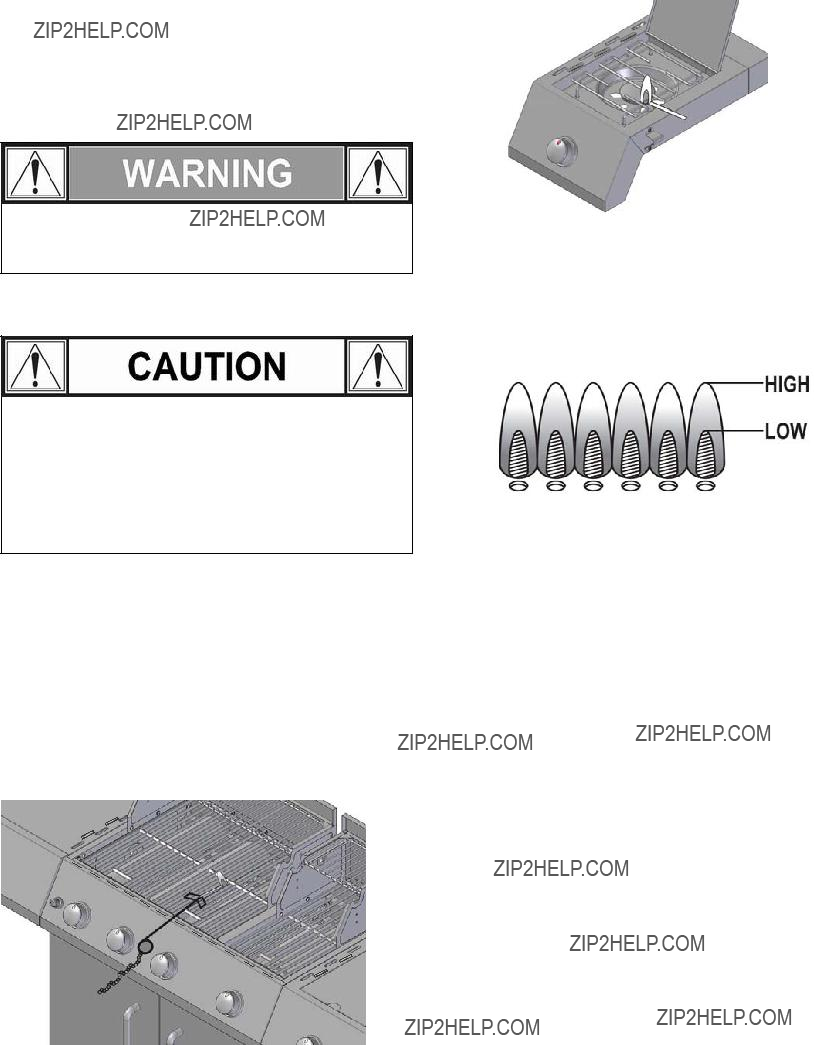
 Do not lean over grill while lighting.
Do not lean over grill while lighting.


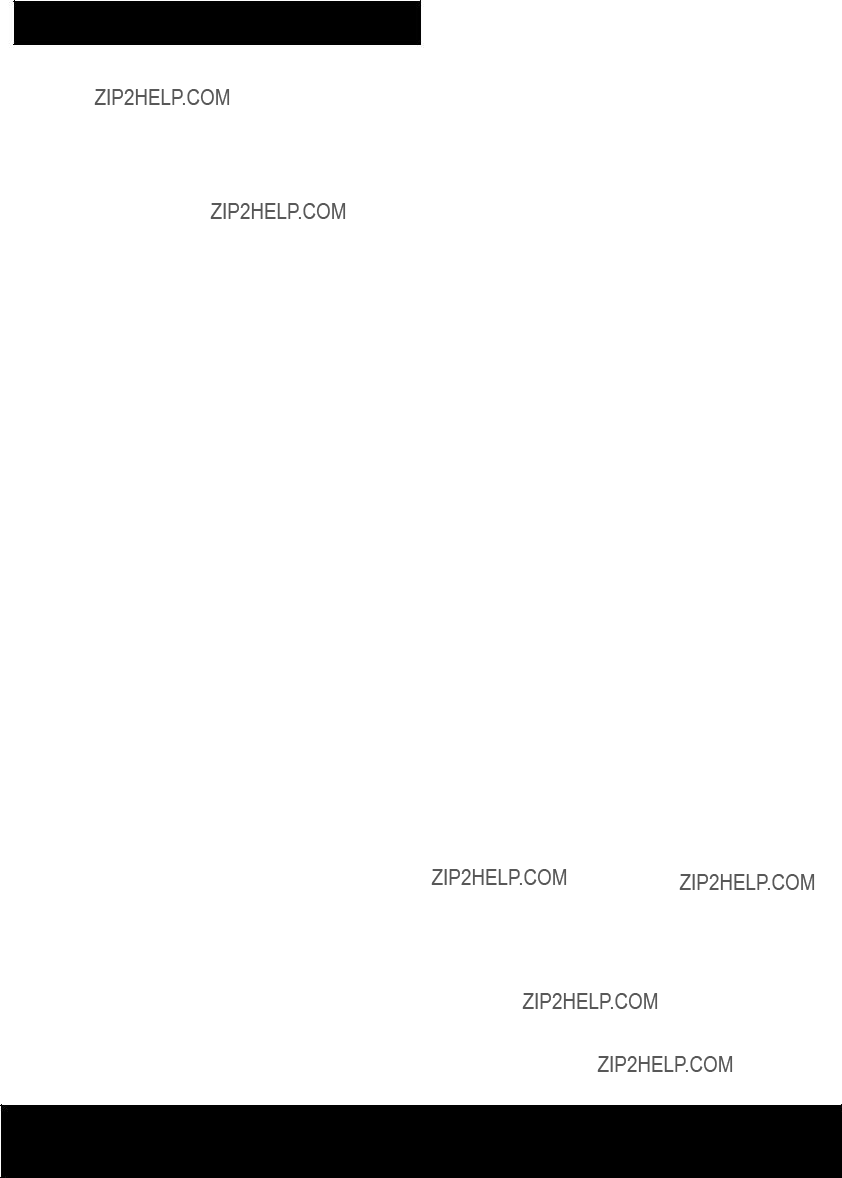
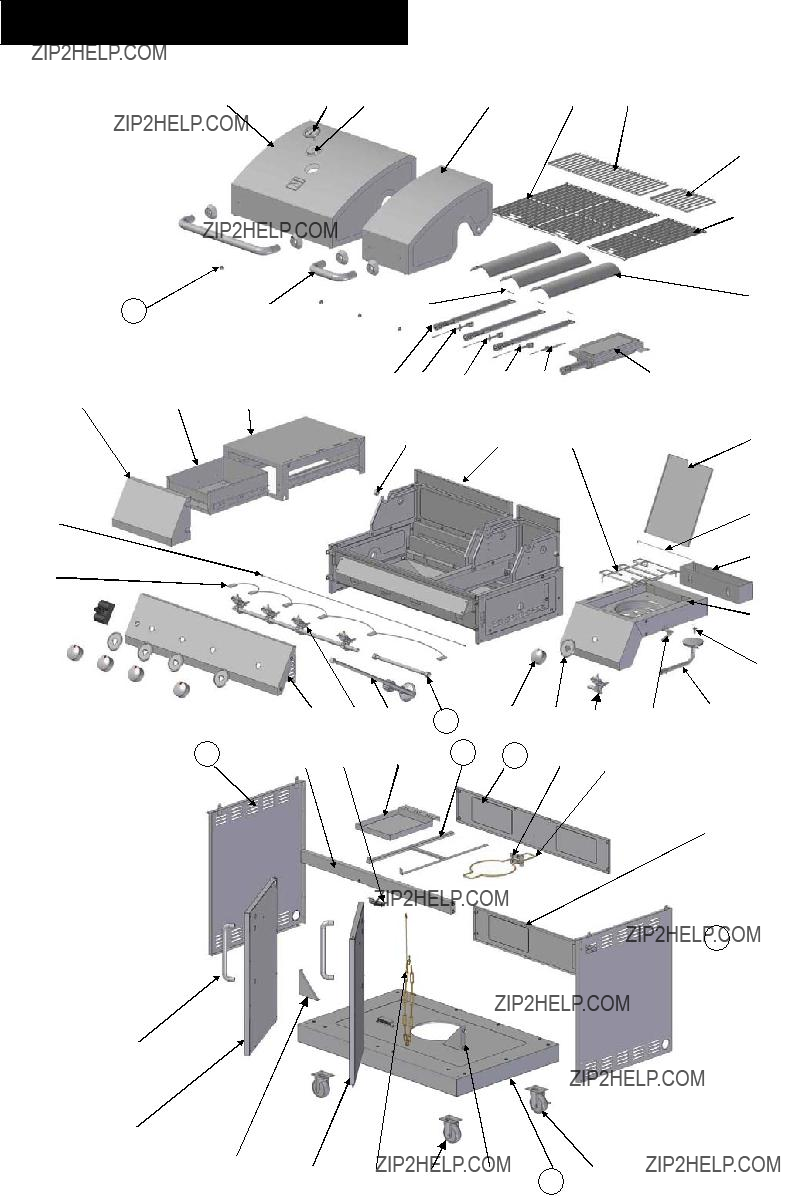


 50-1
50-1

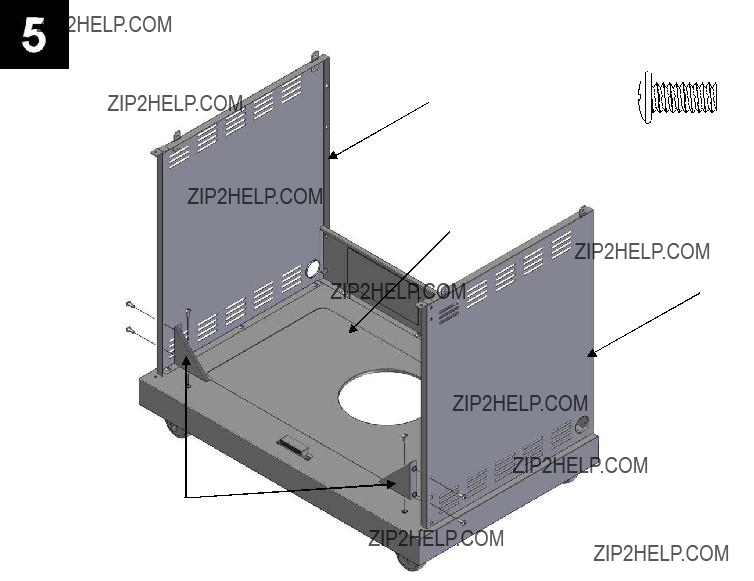



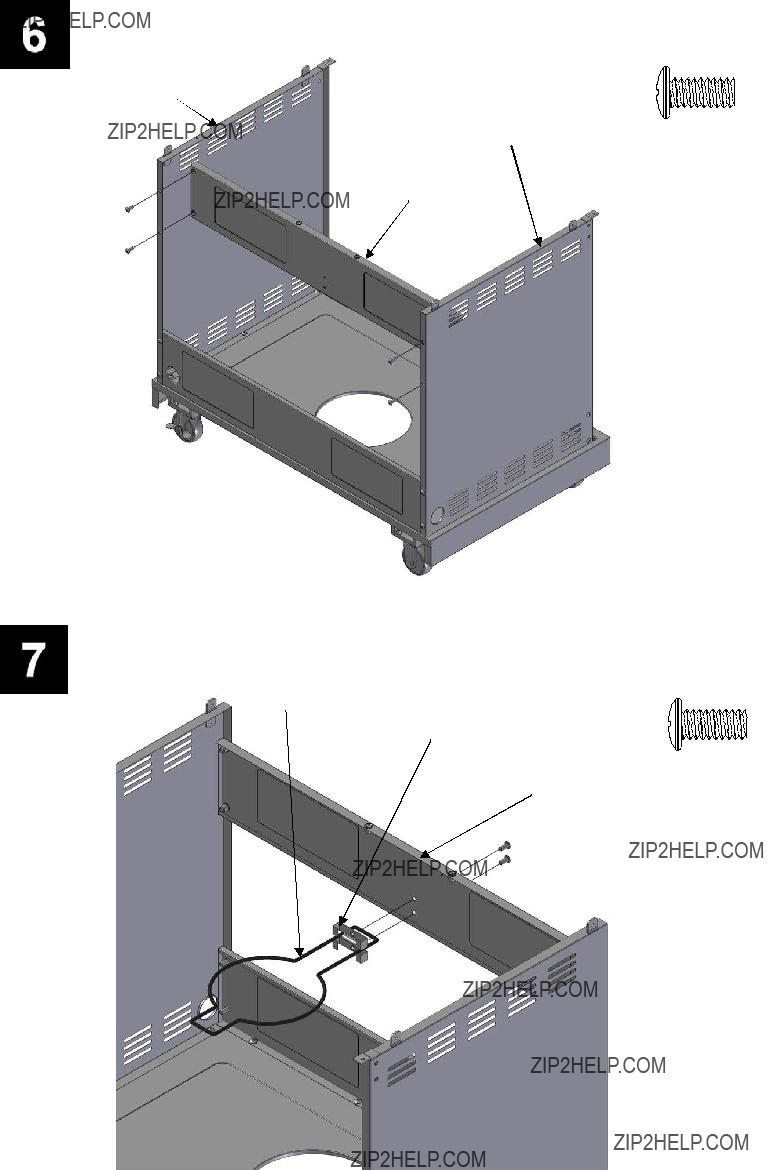
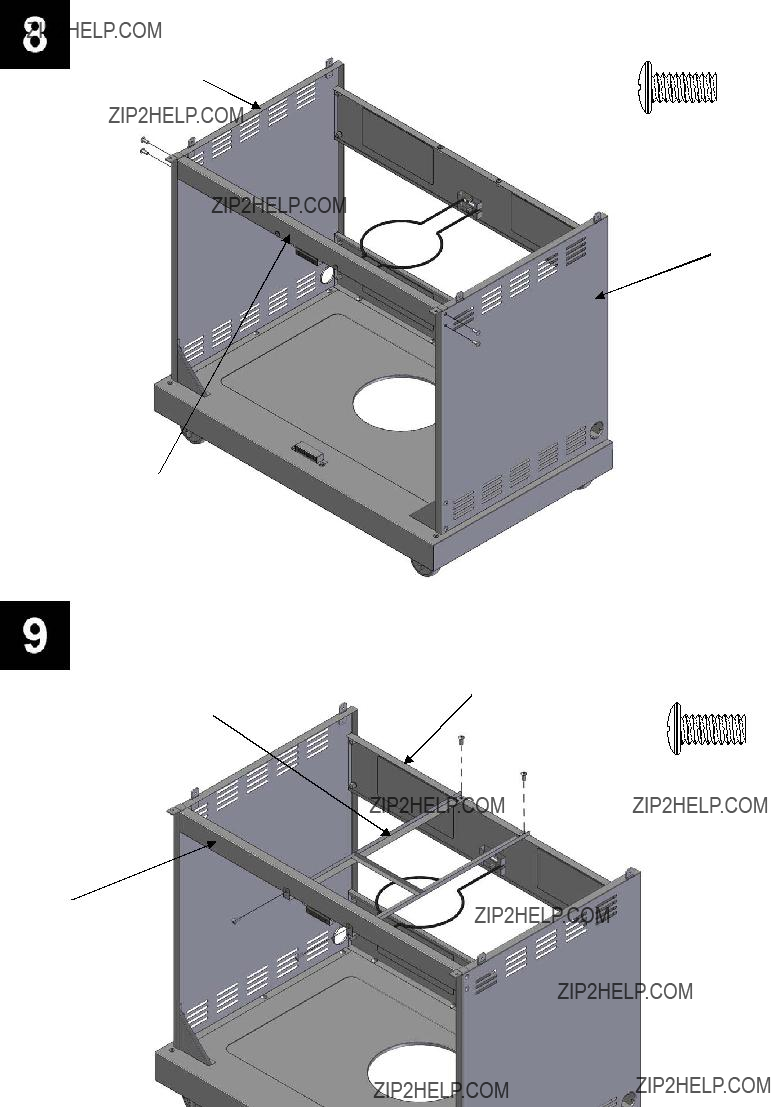
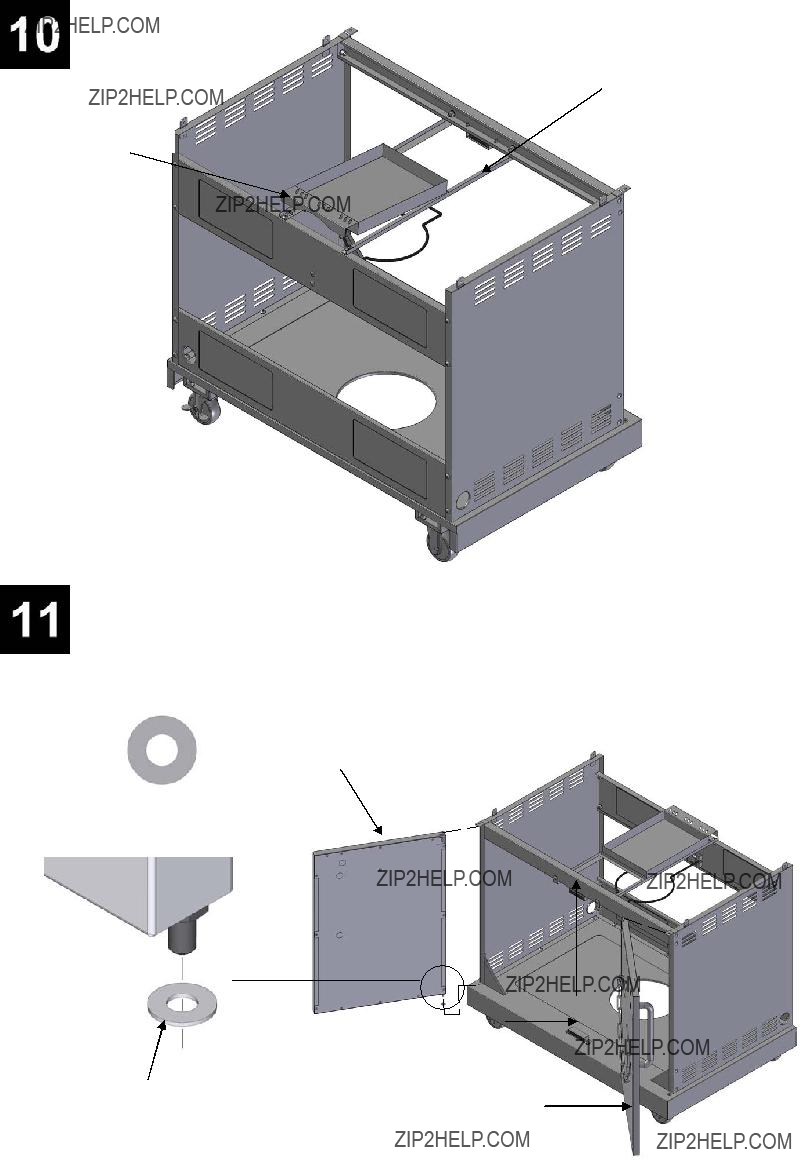
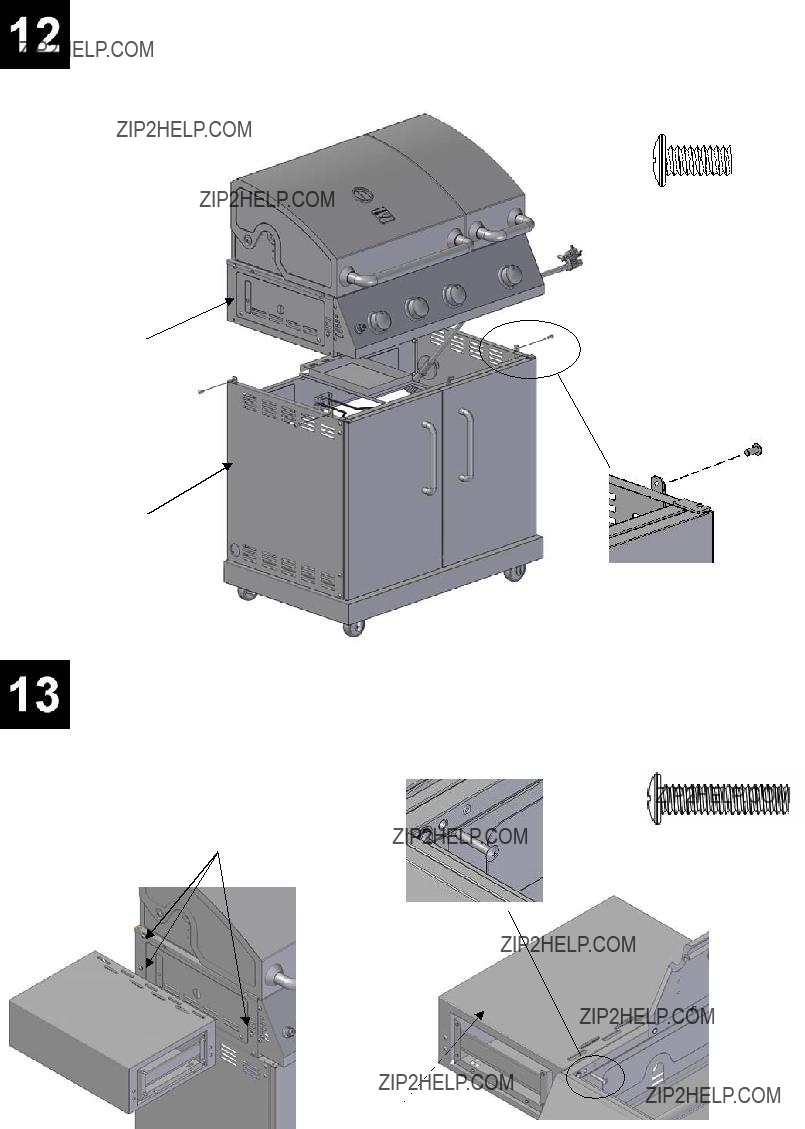
 Side Shelf
Side Shelf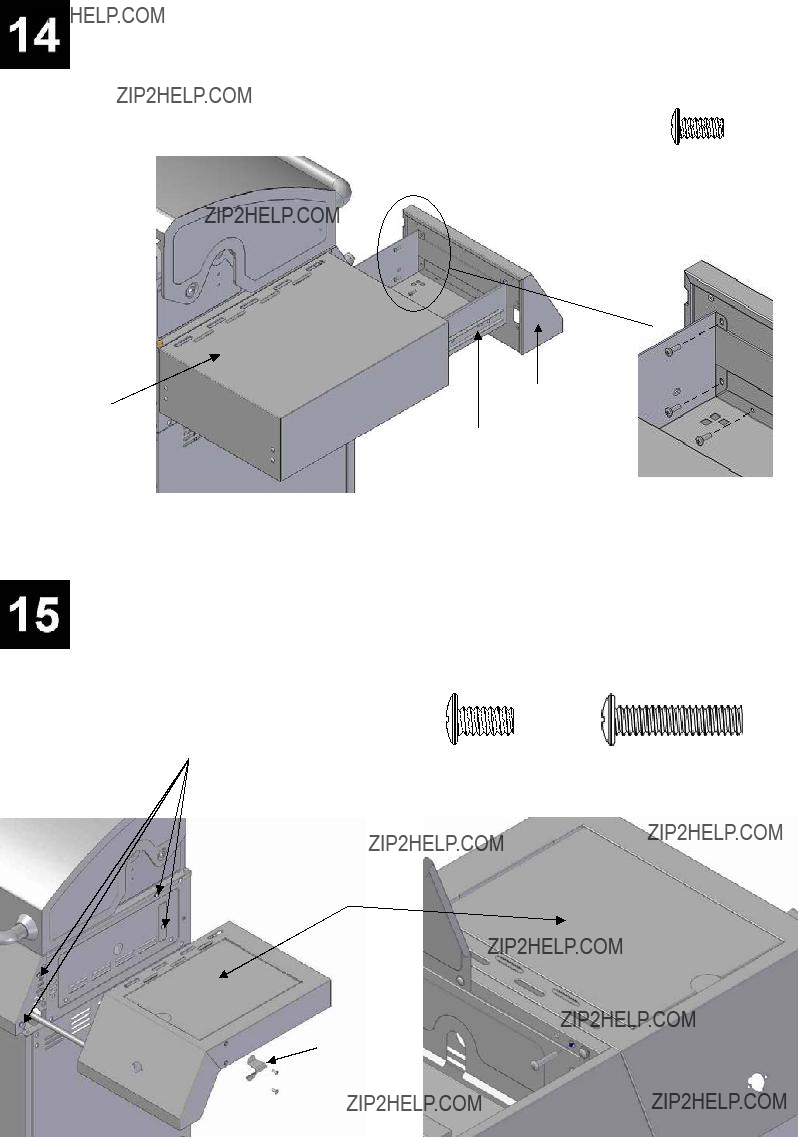
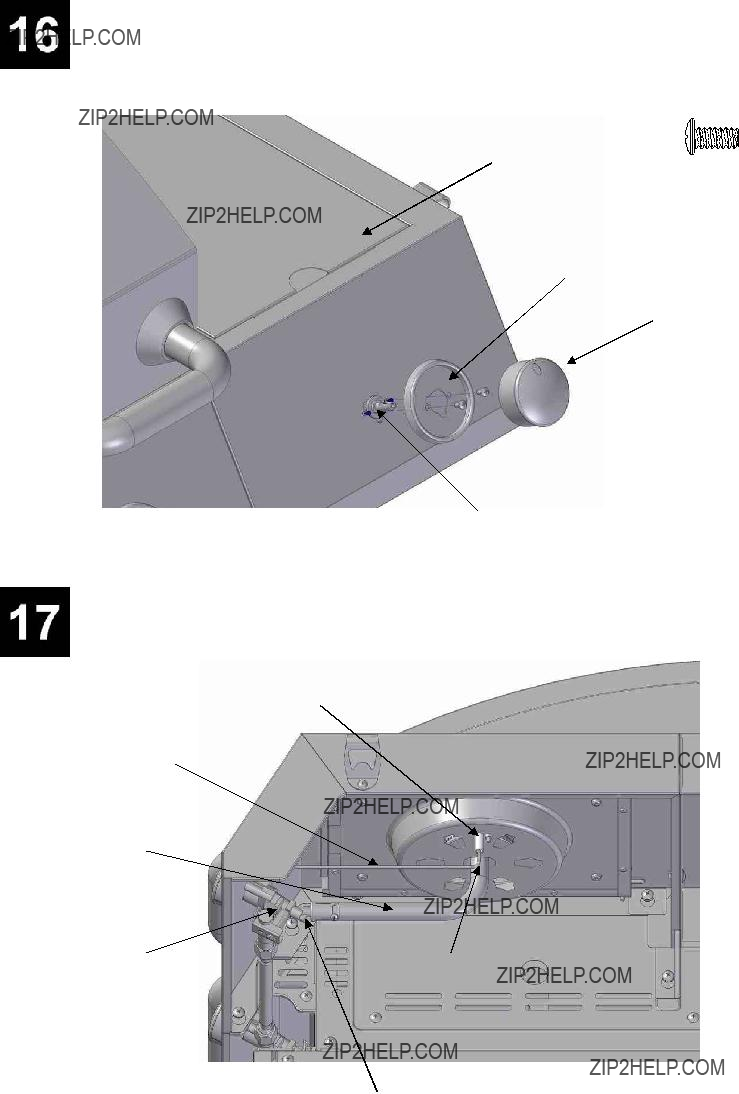
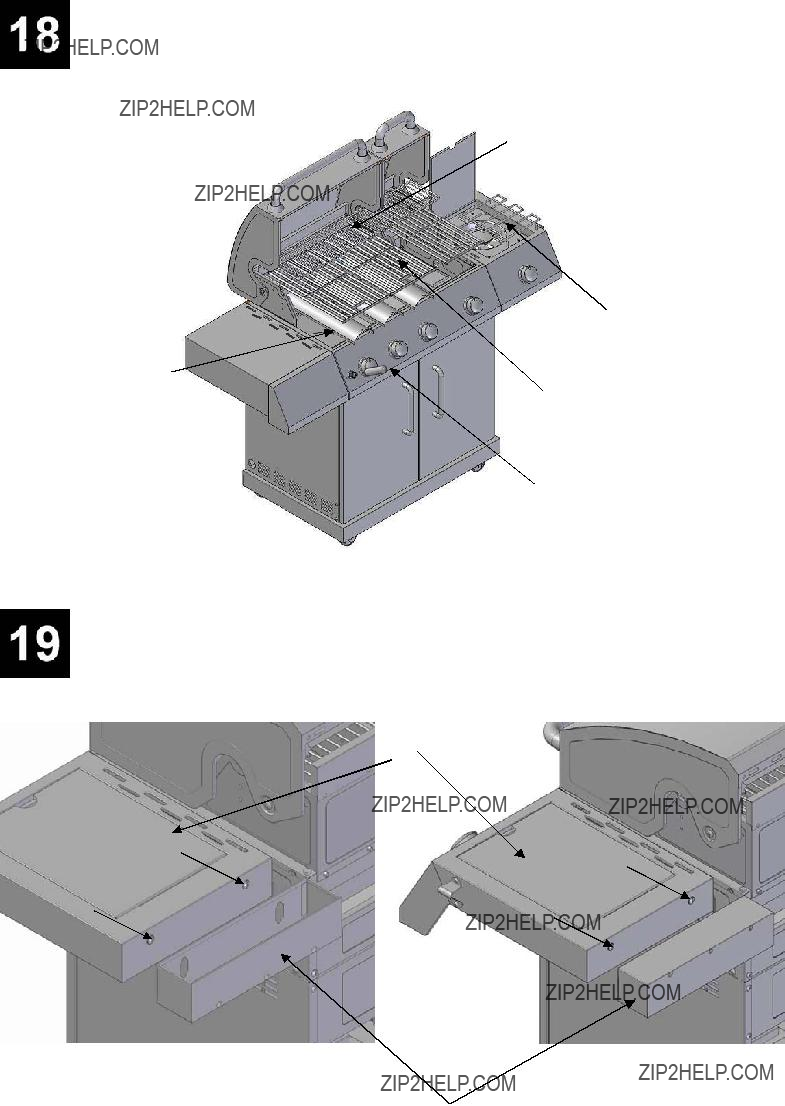
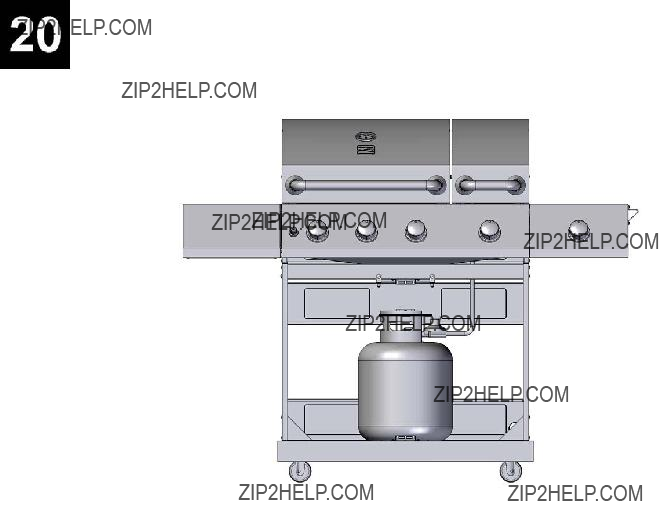

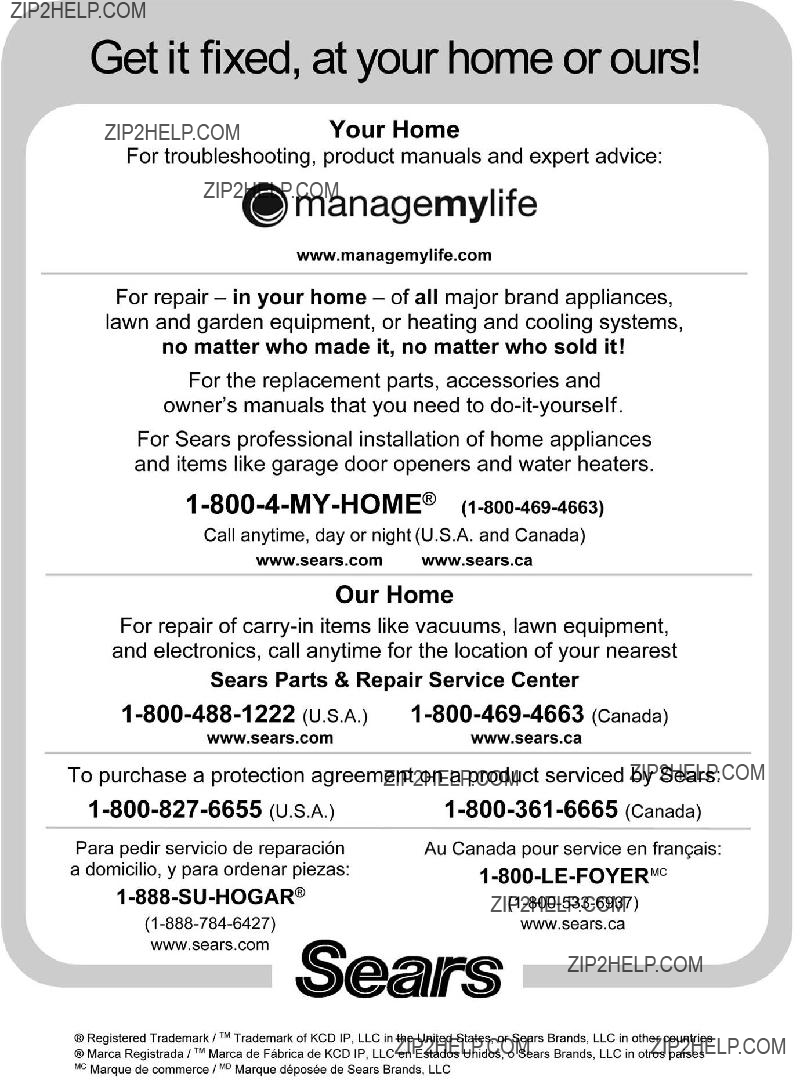
 TM
TM



 No utilice agentes limpiadores dom??sticos. Podr??an causar da??os a los componentes y tuber??as de gas (v??lvula/manguera/regulador).
No utilice agentes limpiadores dom??sticos. Podr??an causar da??os a los componentes y tuber??as de gas (v??lvula/manguera/regulador).
 Nunca retire el anillo roscado del extremo de la v??lvula
Nunca retire el anillo roscado del extremo de la v??lvula
 Si tiene un problema con la parrilla, refi??rase a la ???
Si tiene un problema con la parrilla, refi??rase a la ???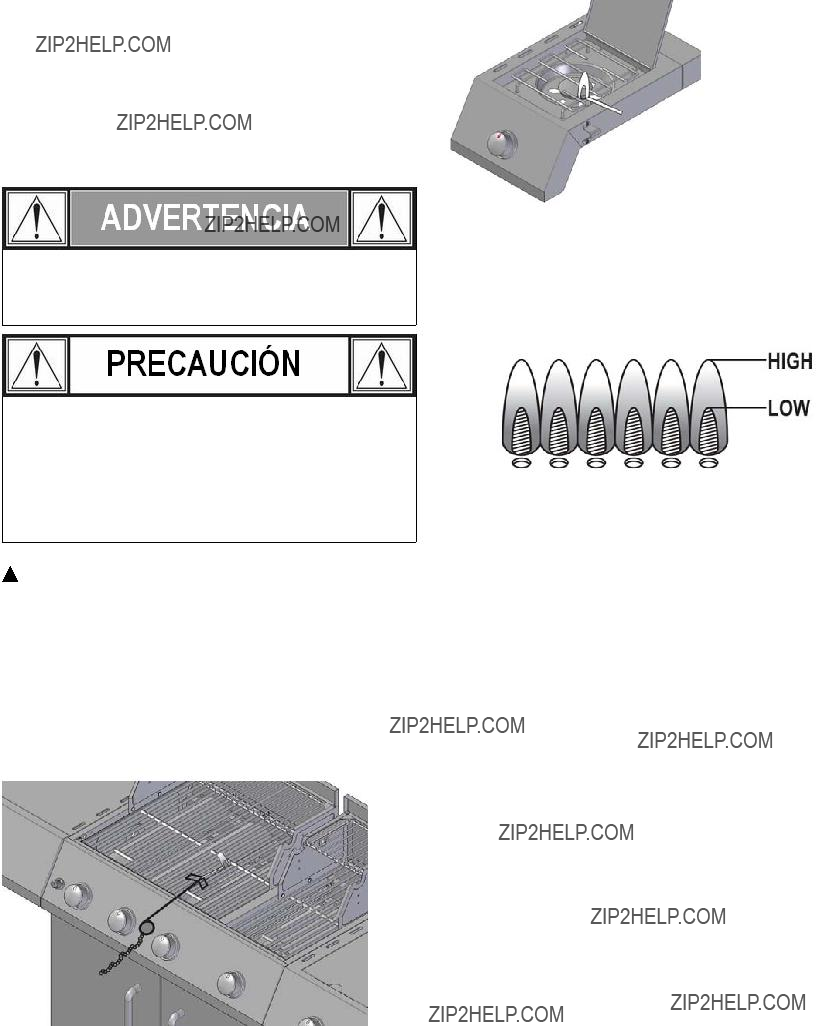




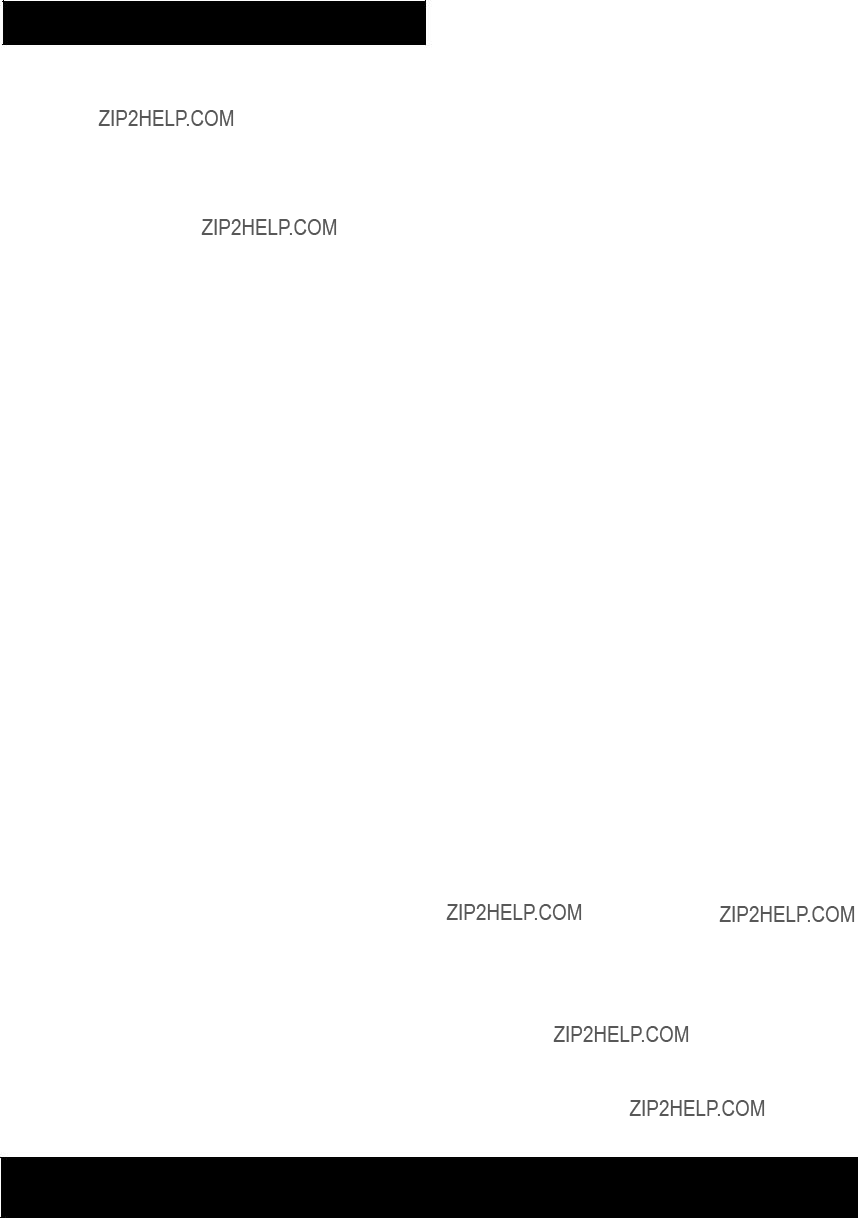
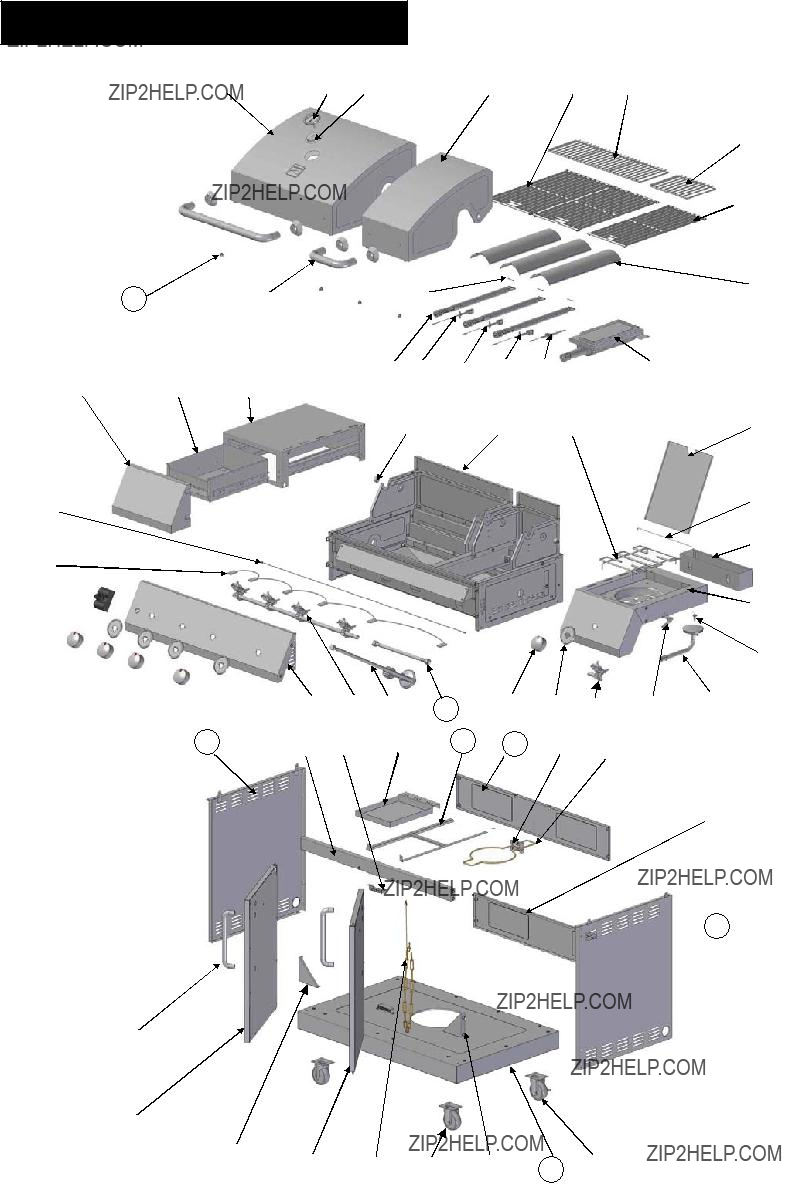


 50-1
50-1


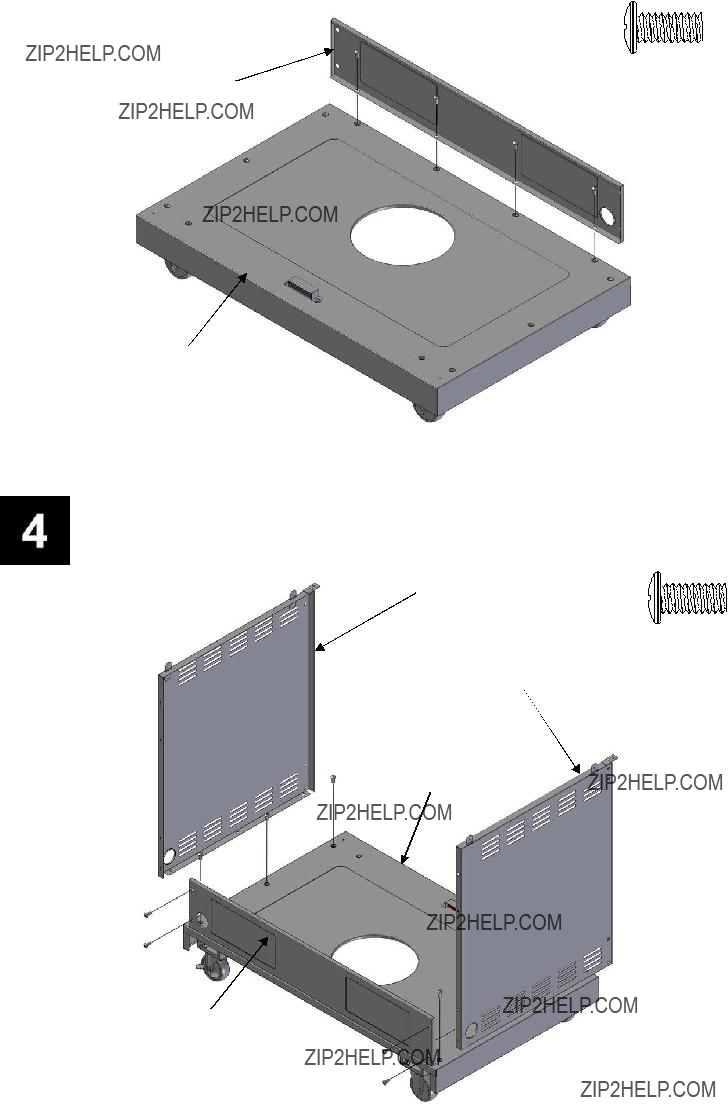
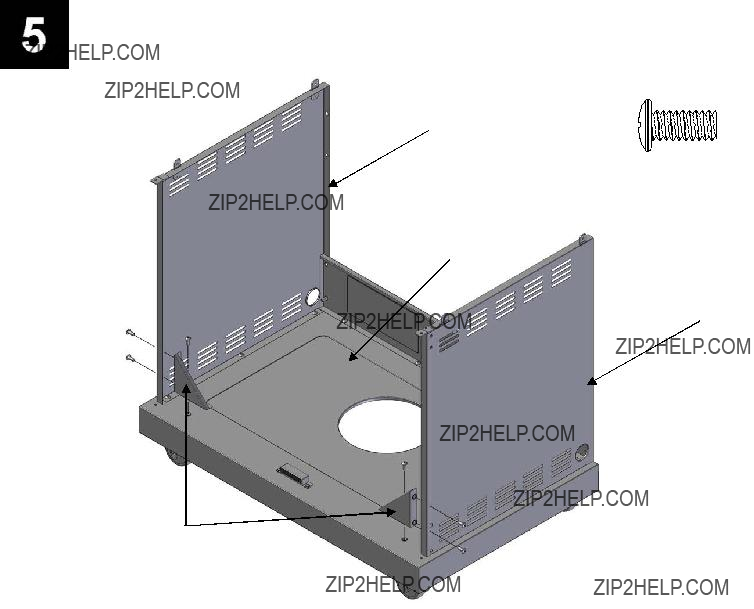
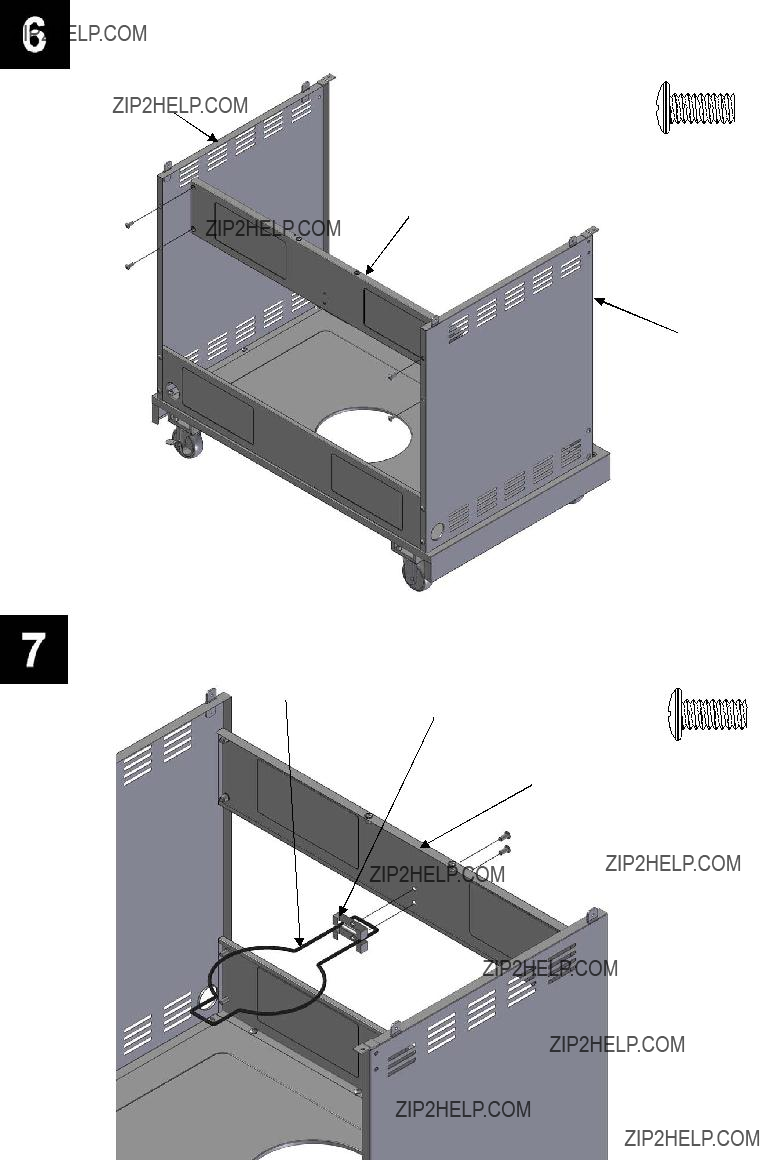
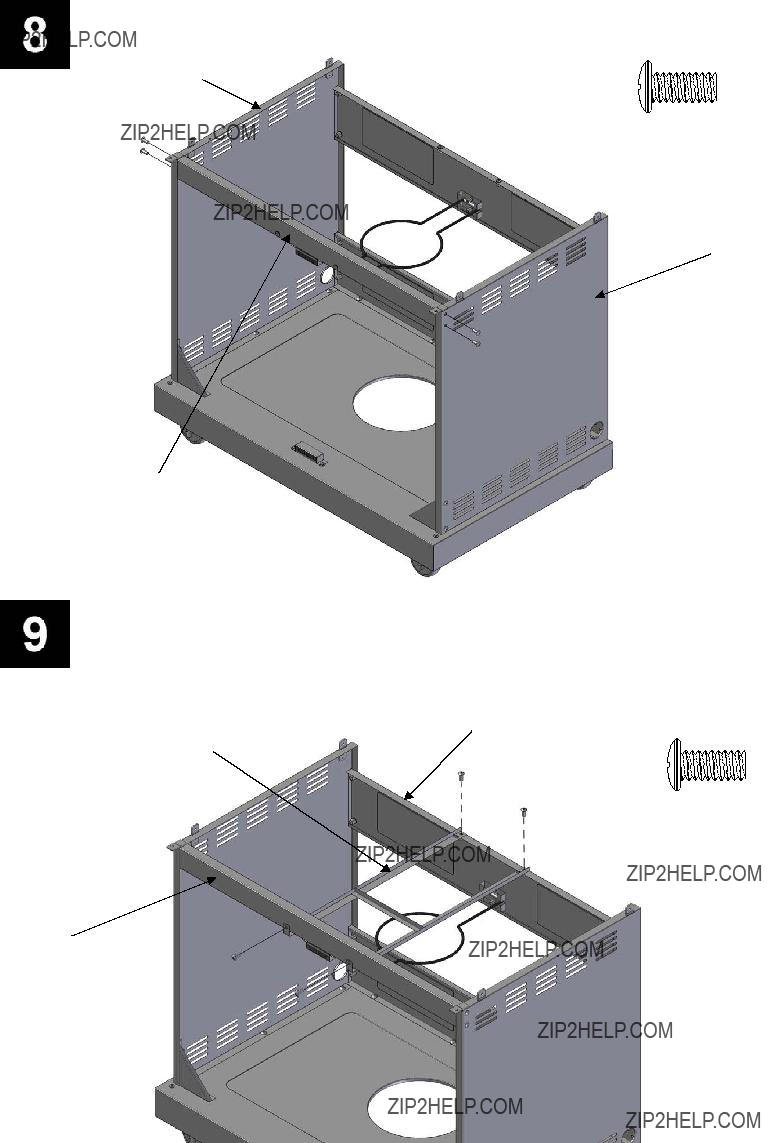
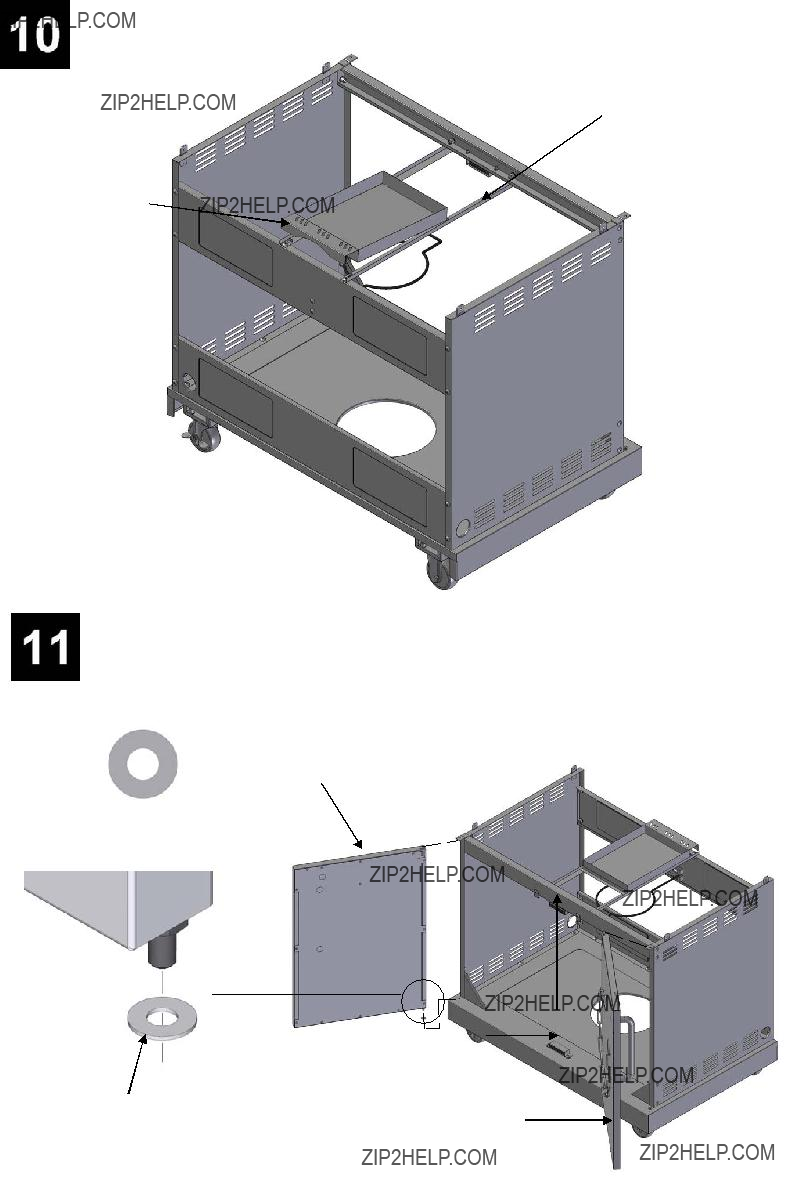
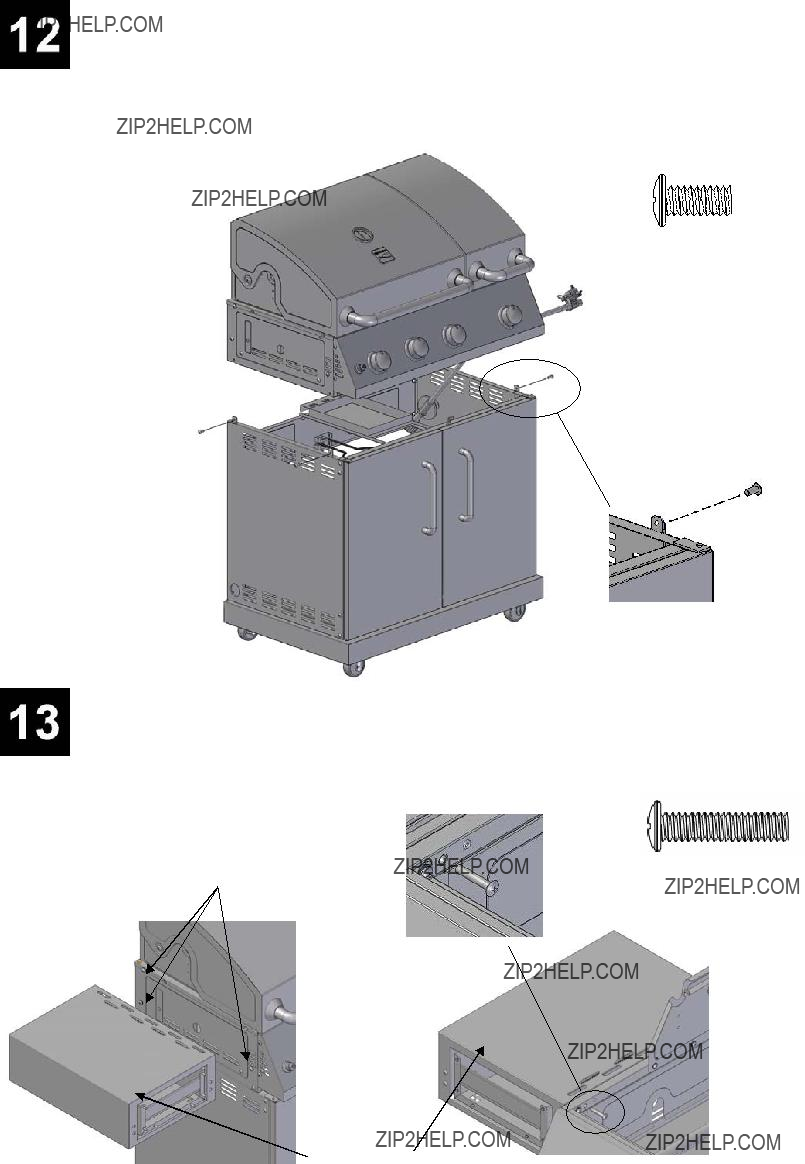
 quemadores
quemadores
